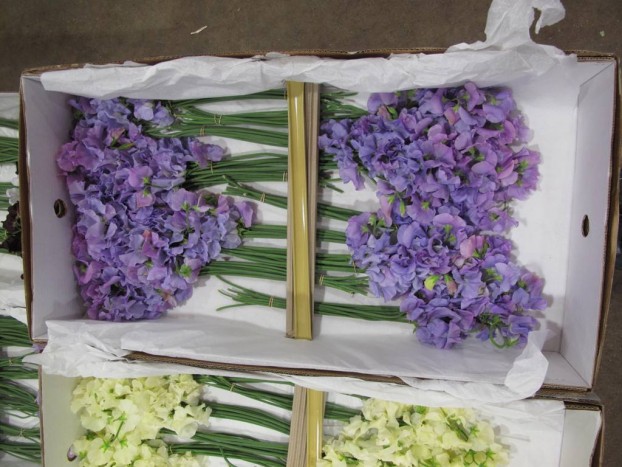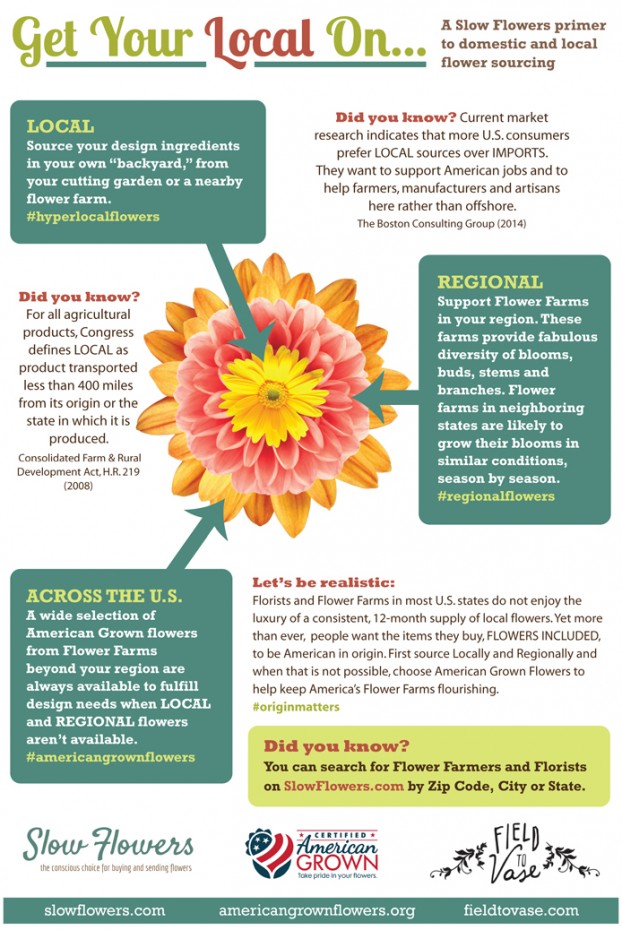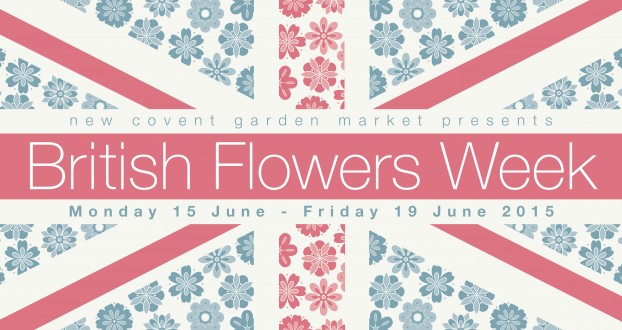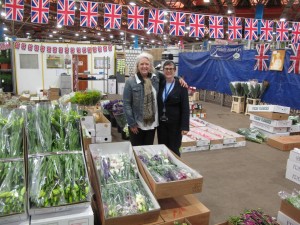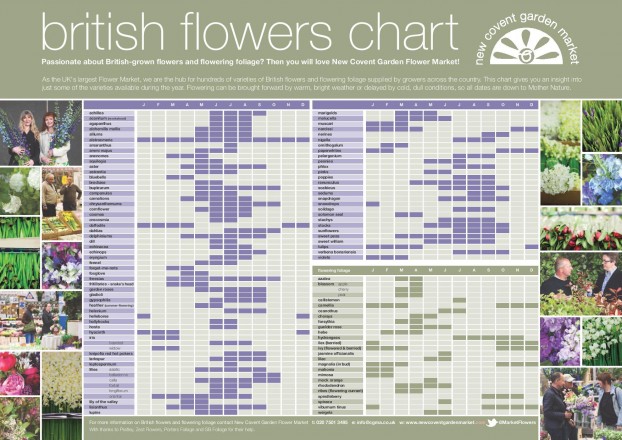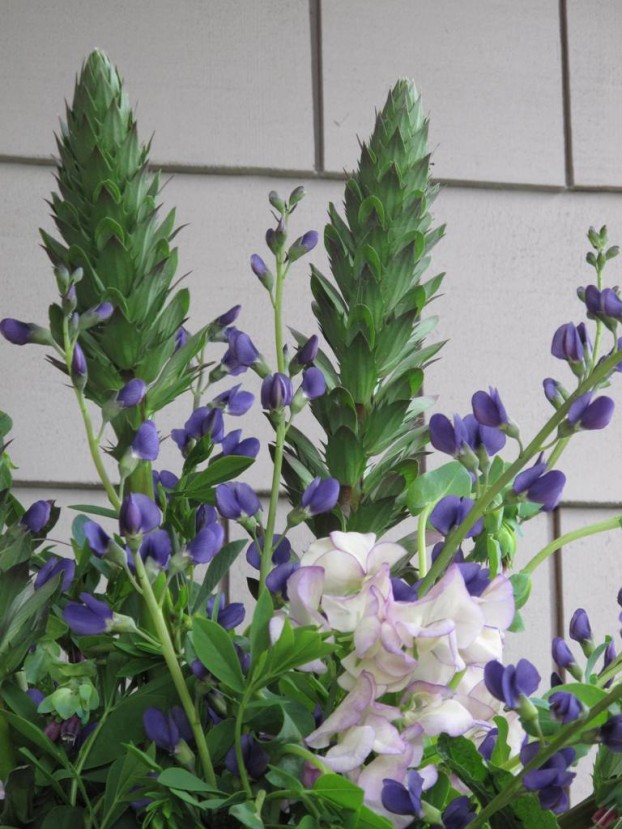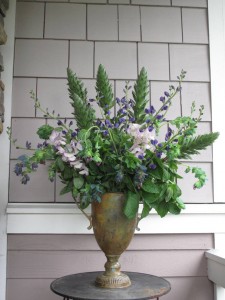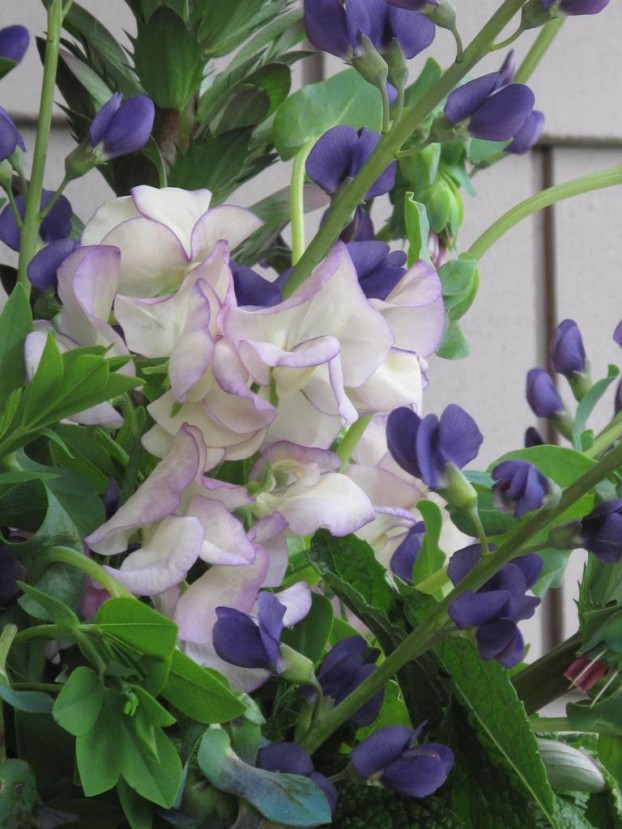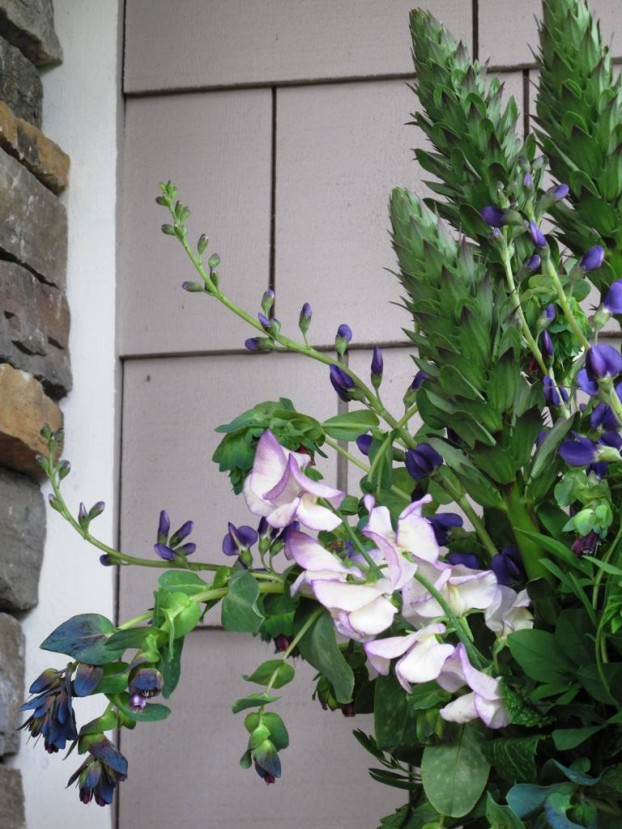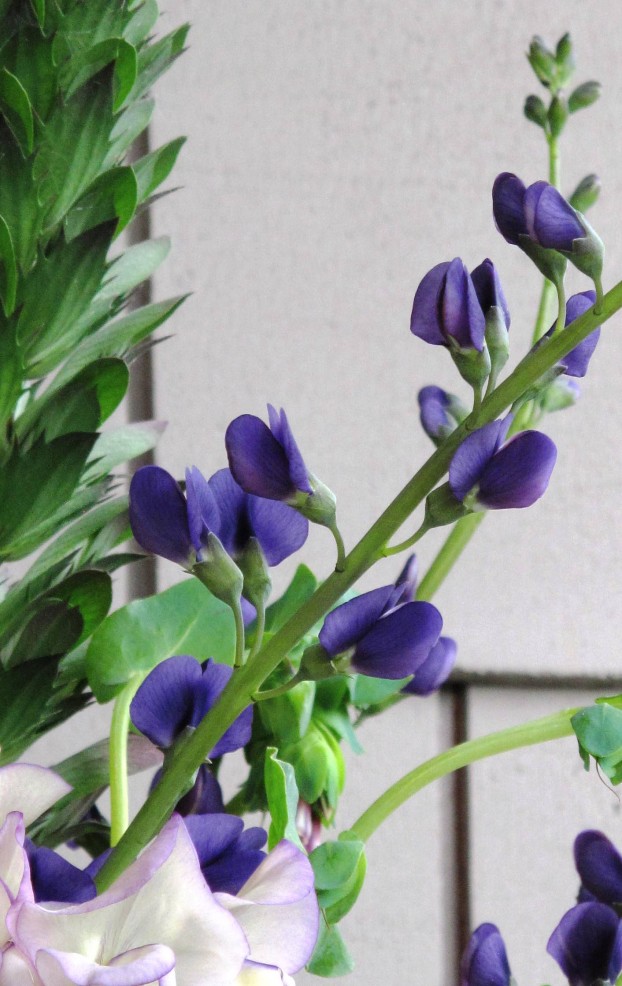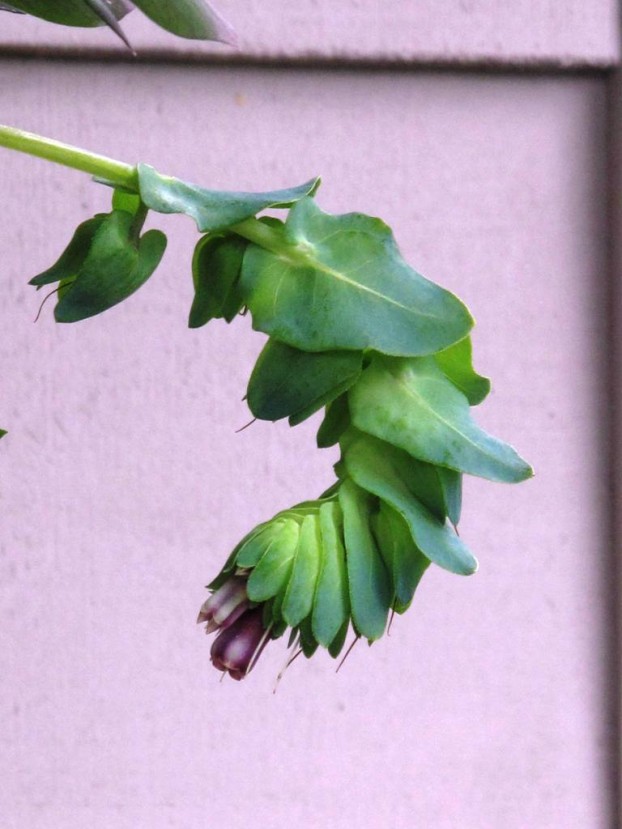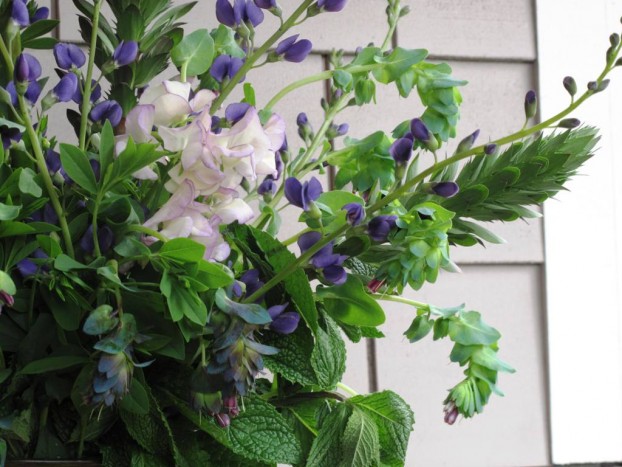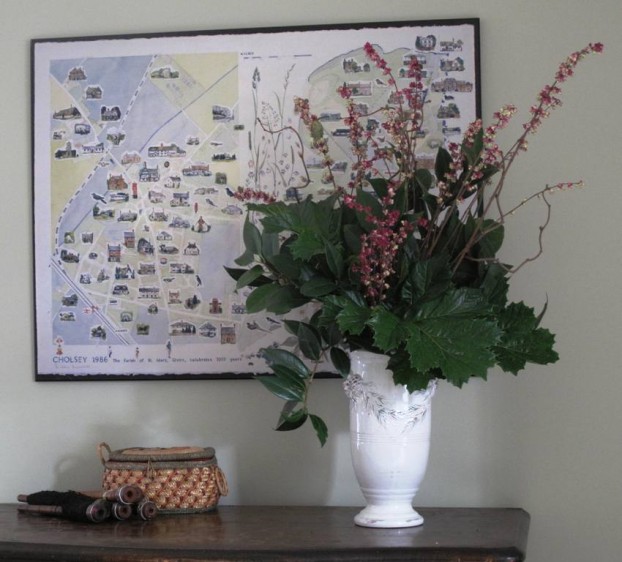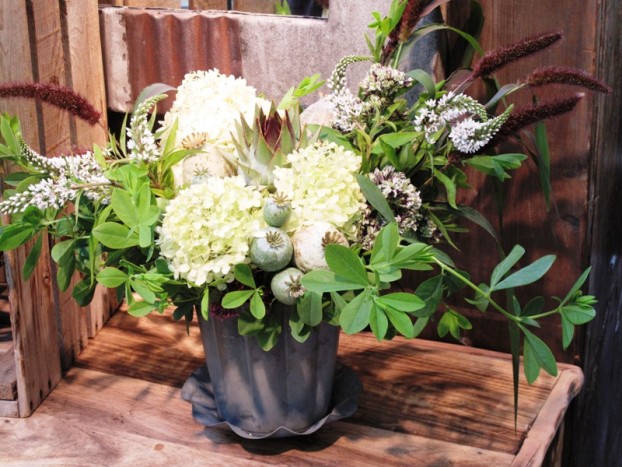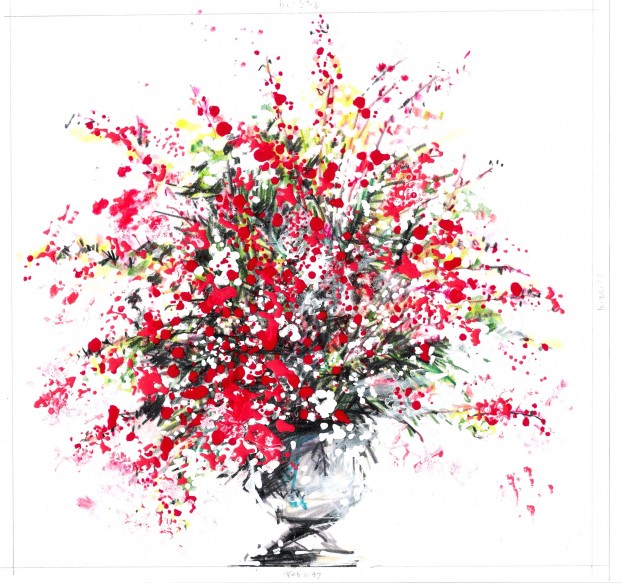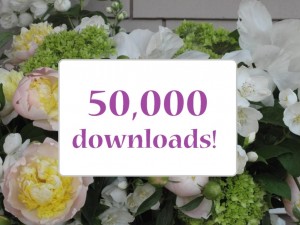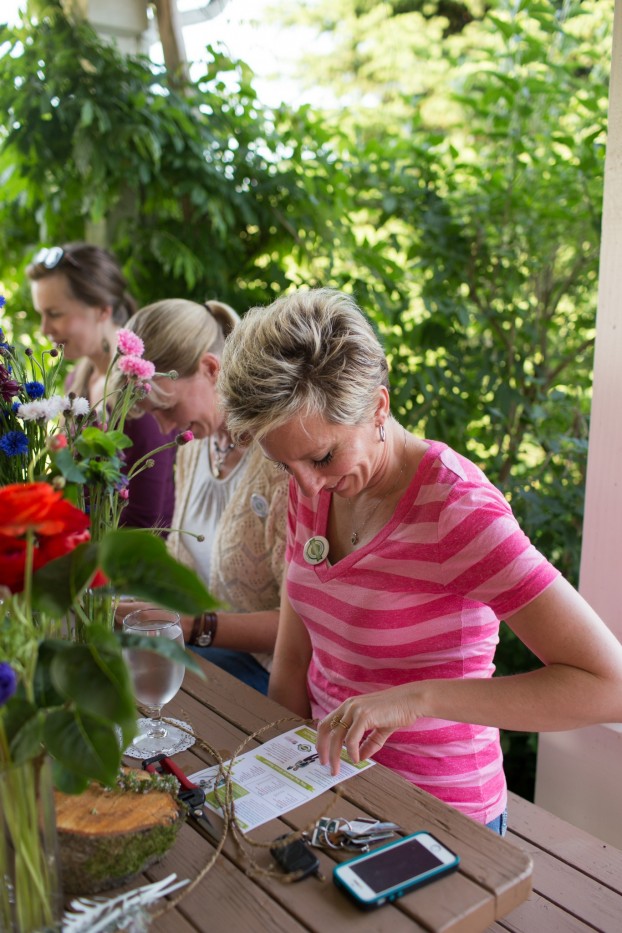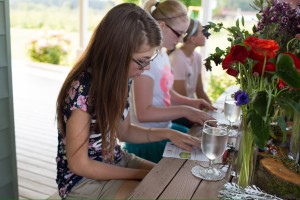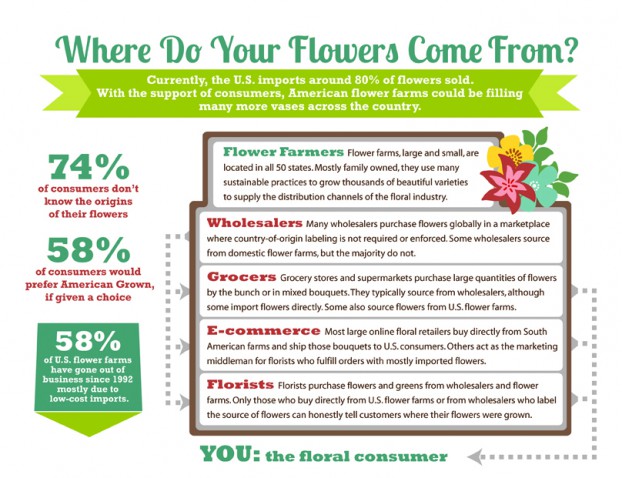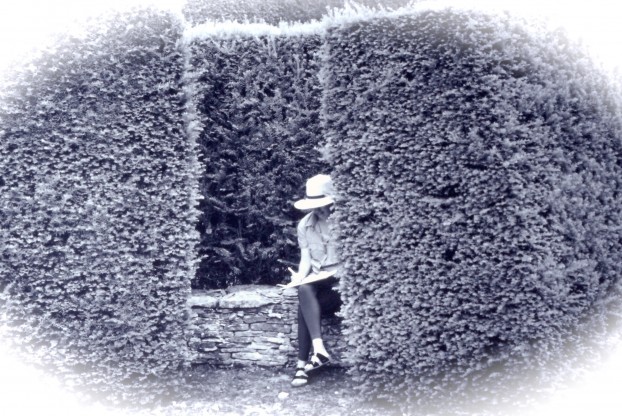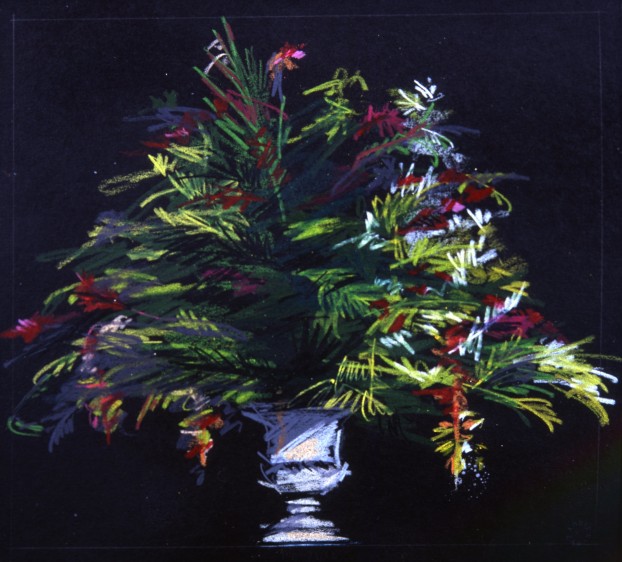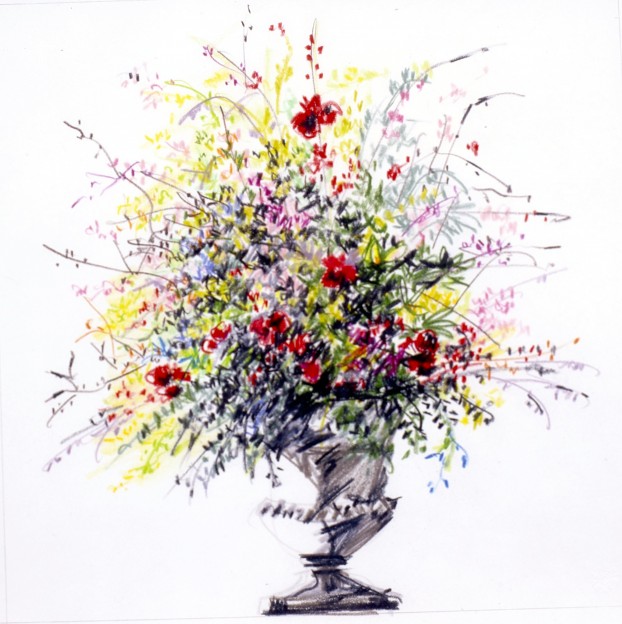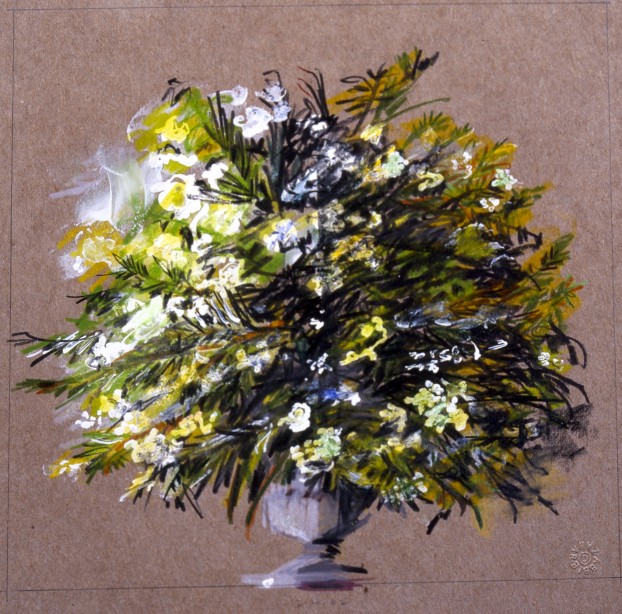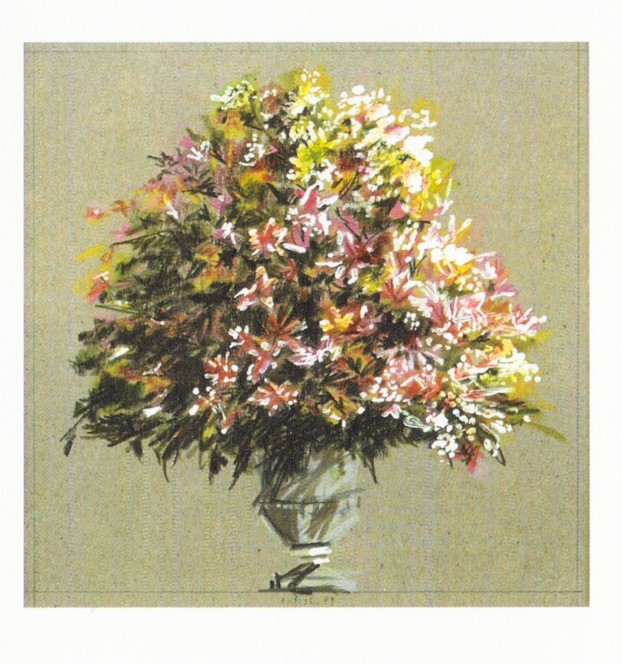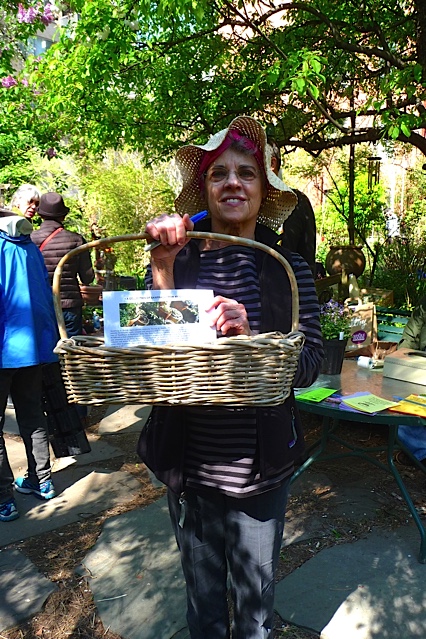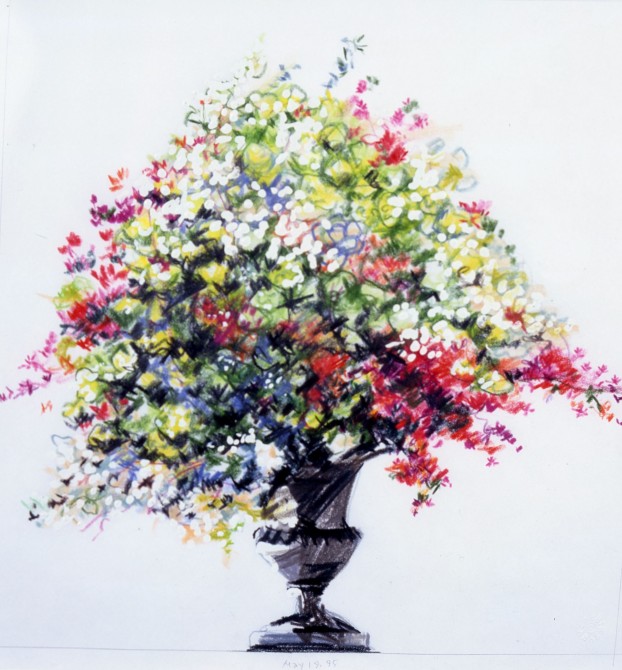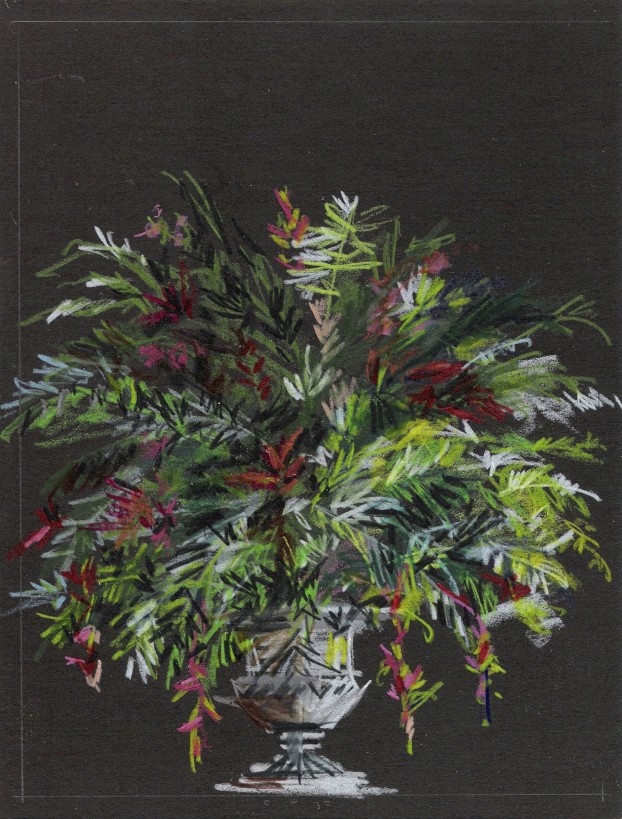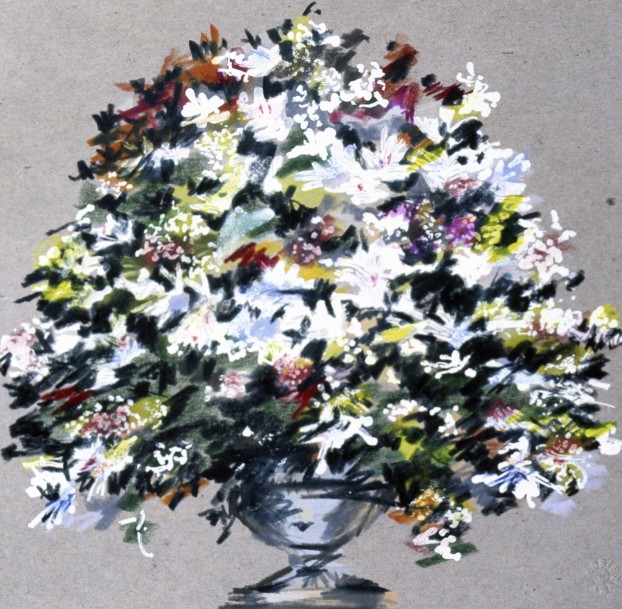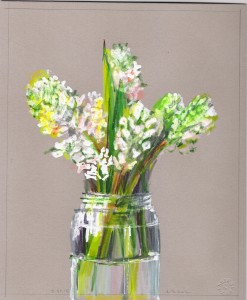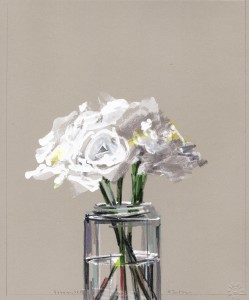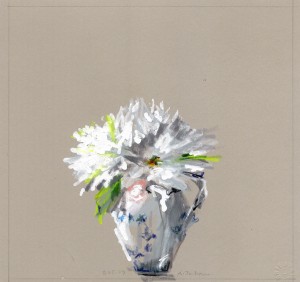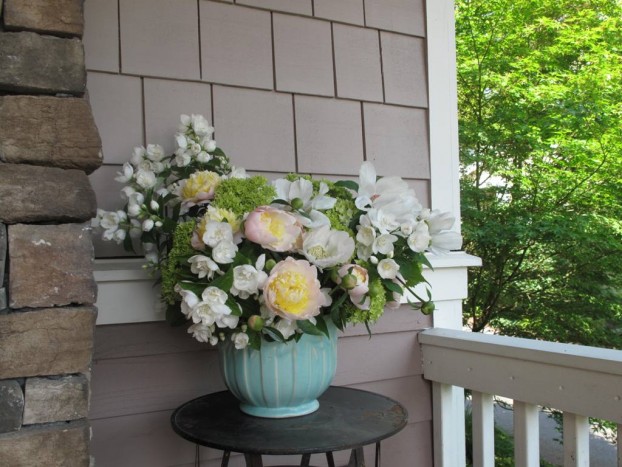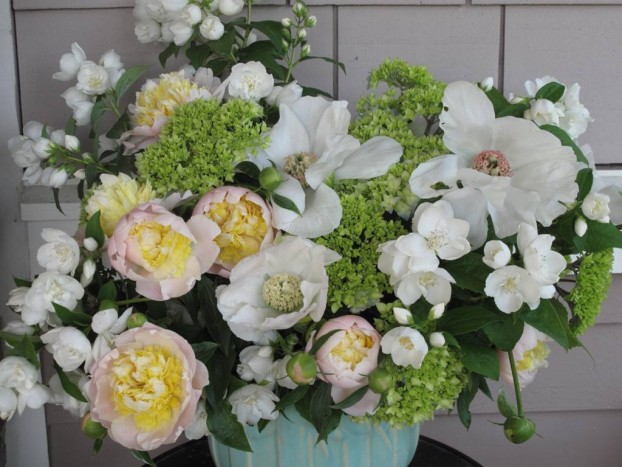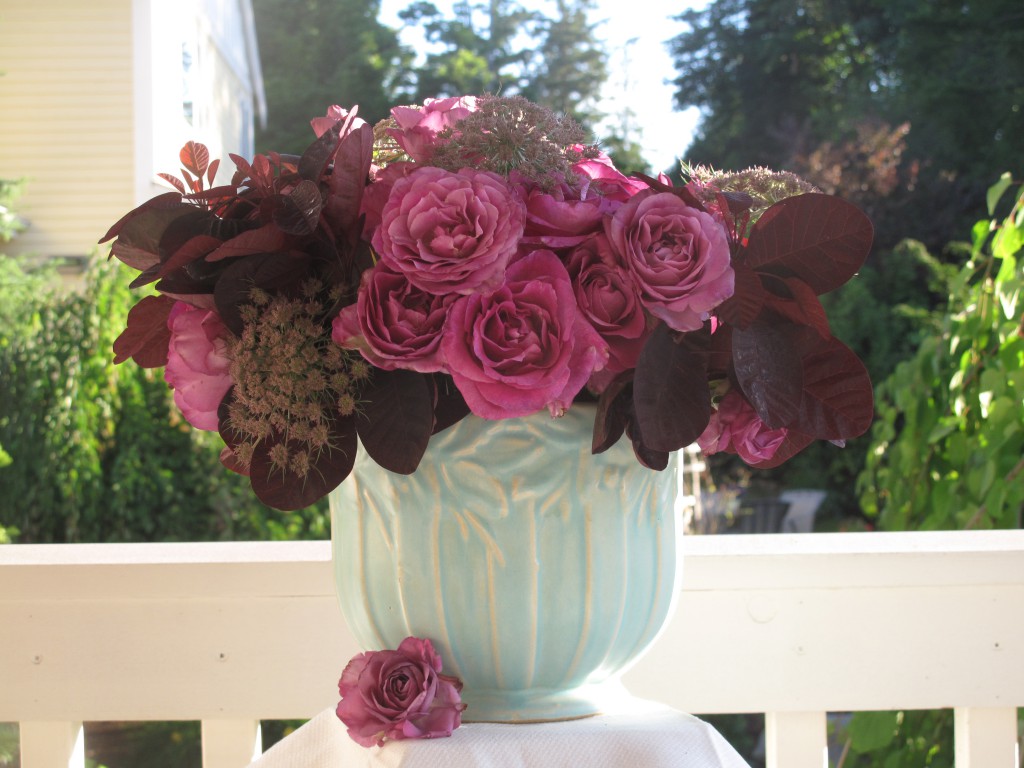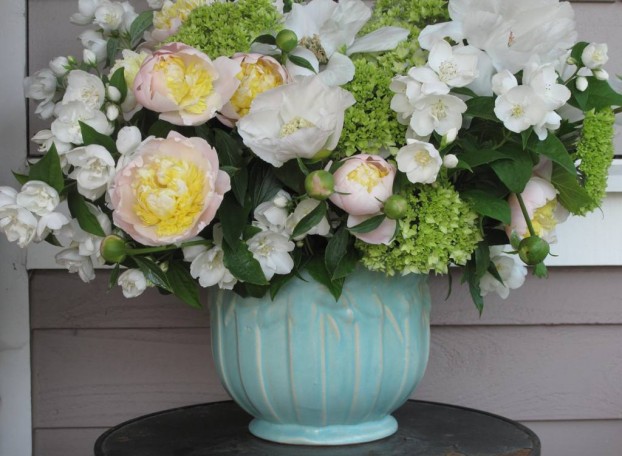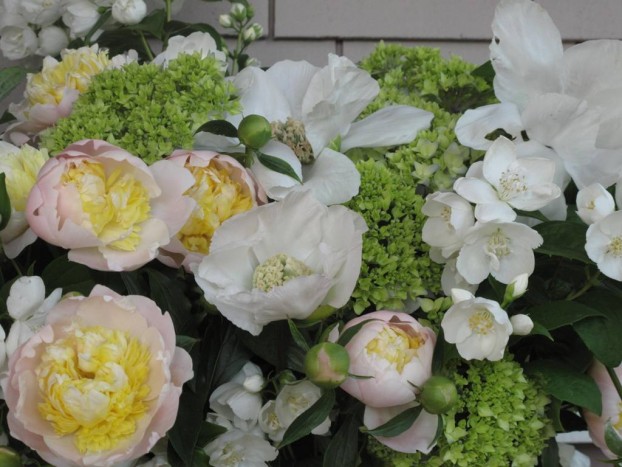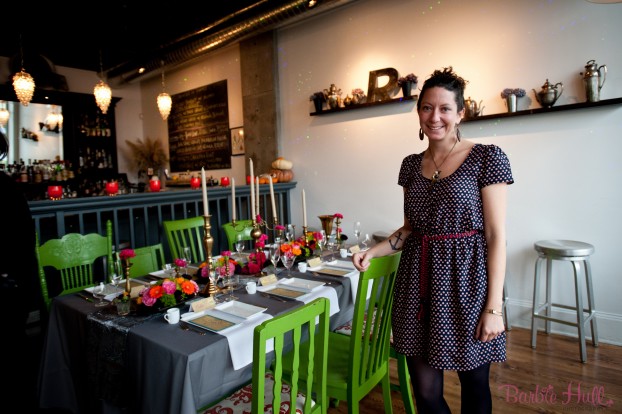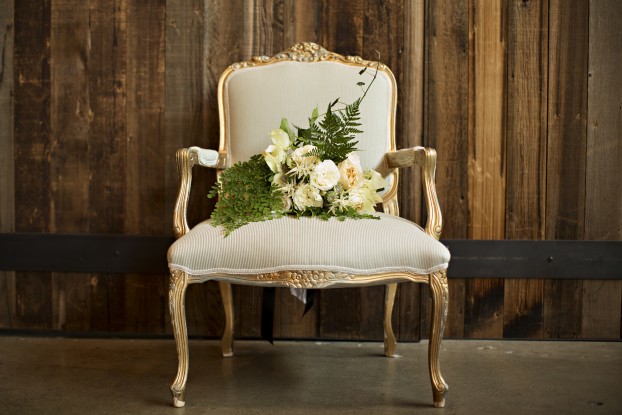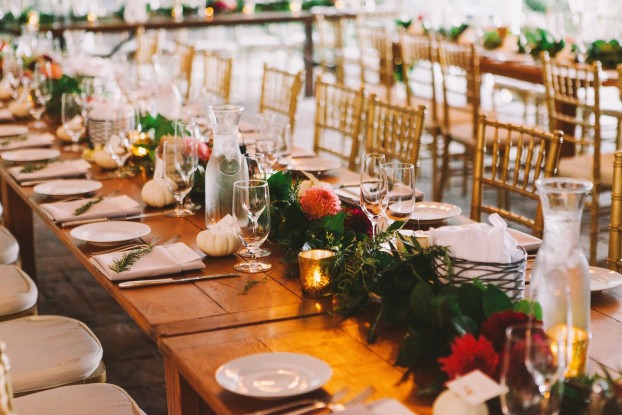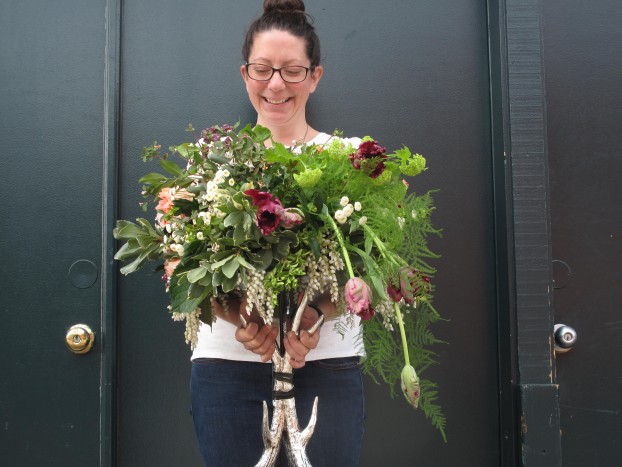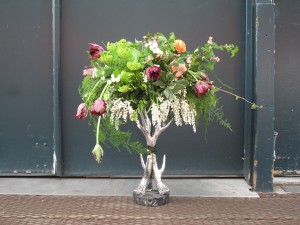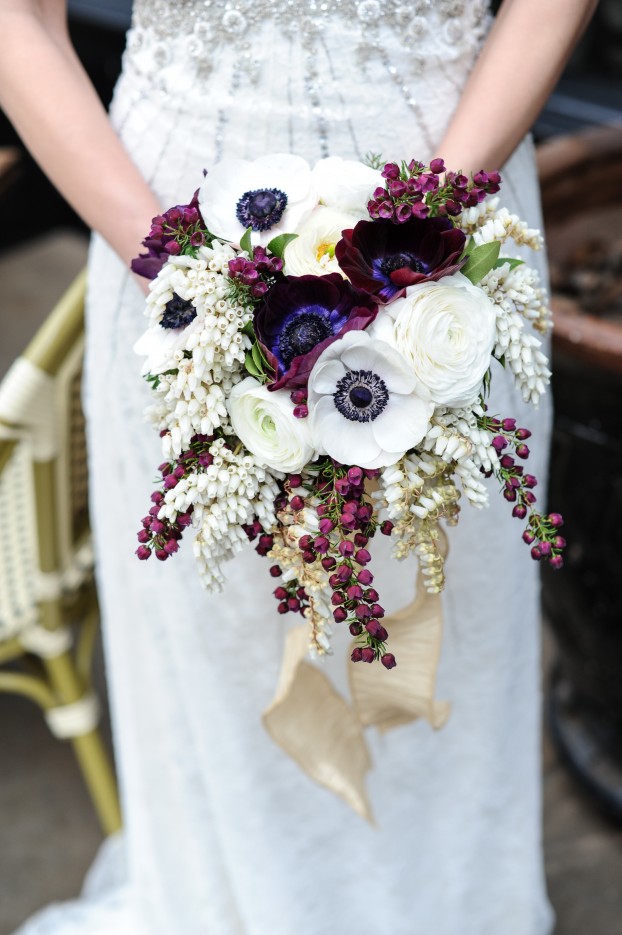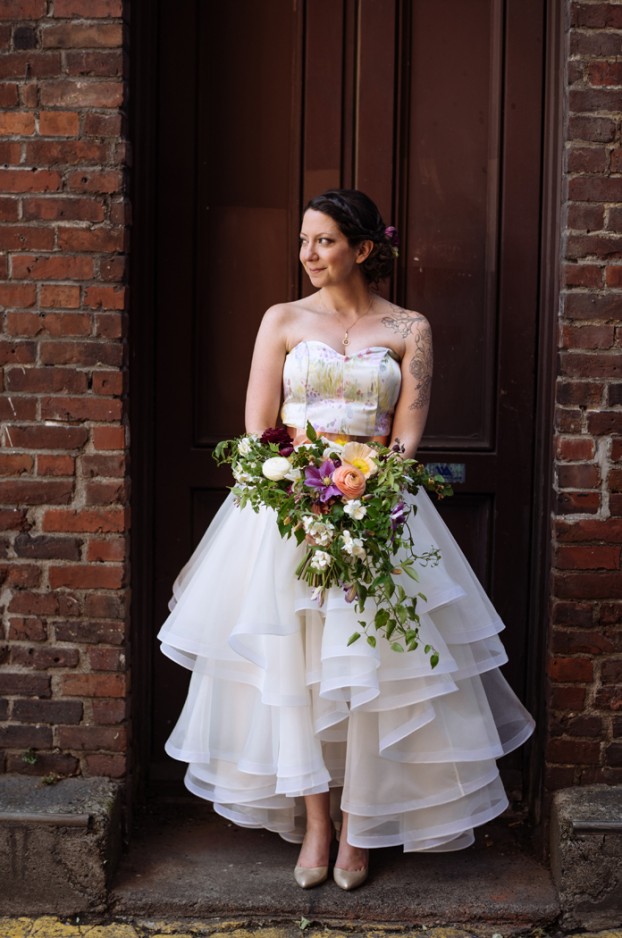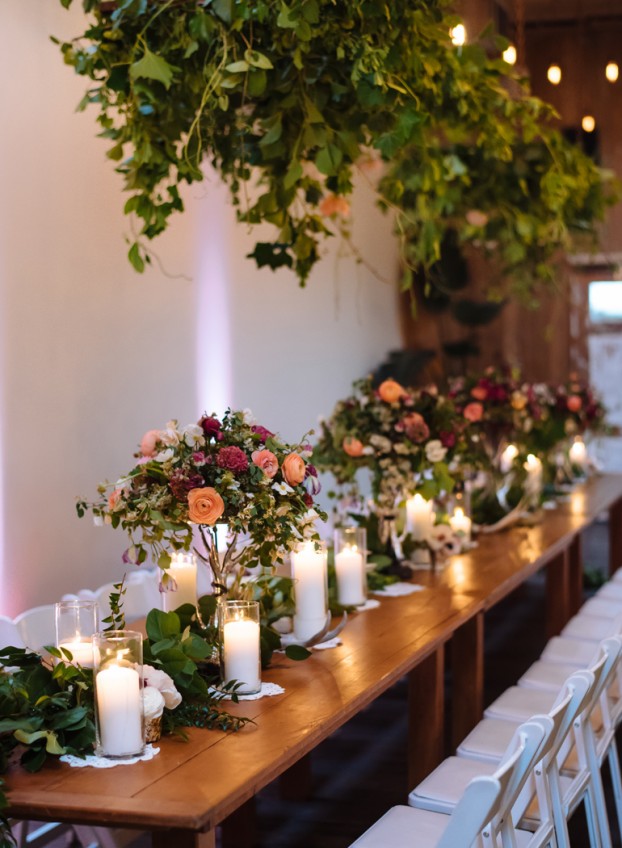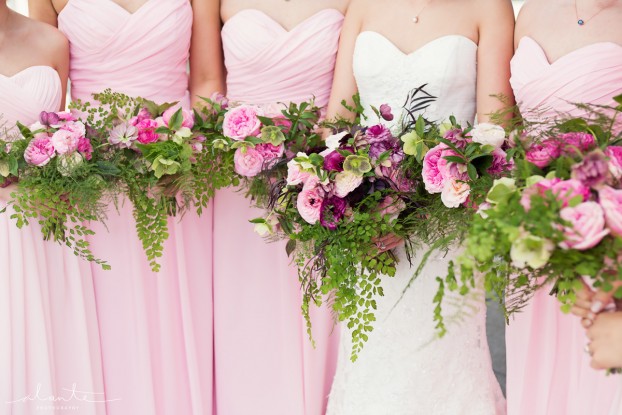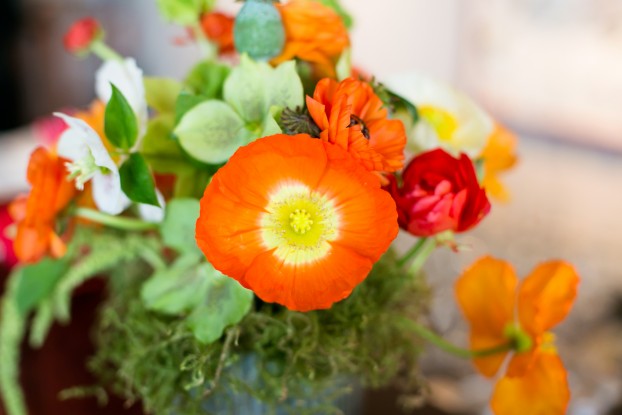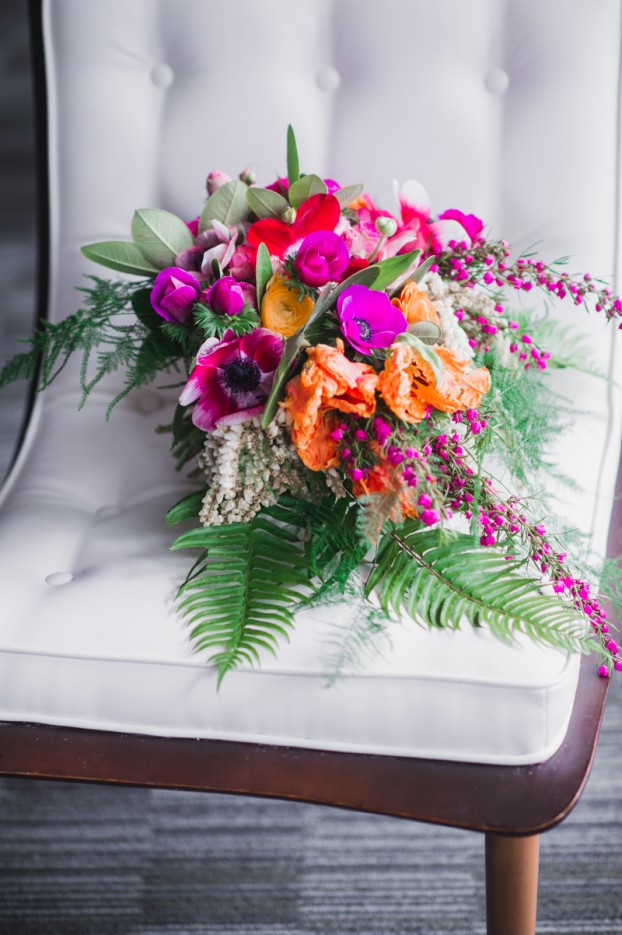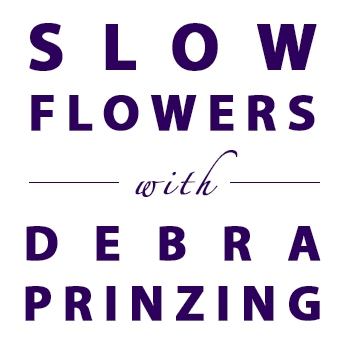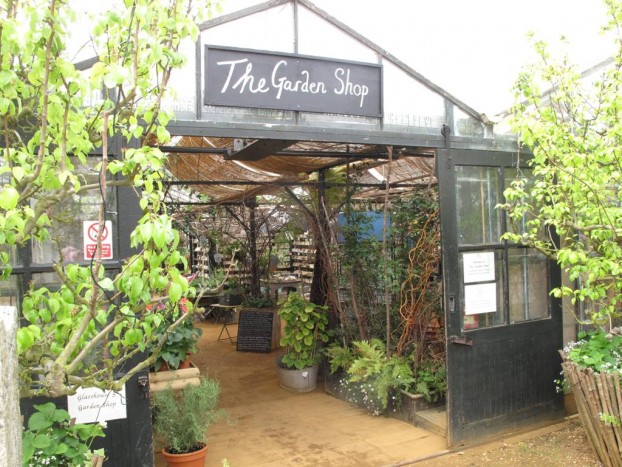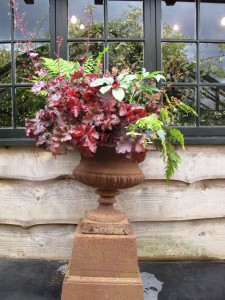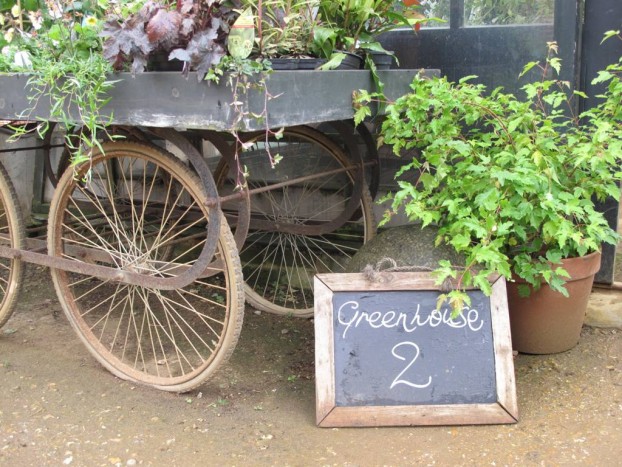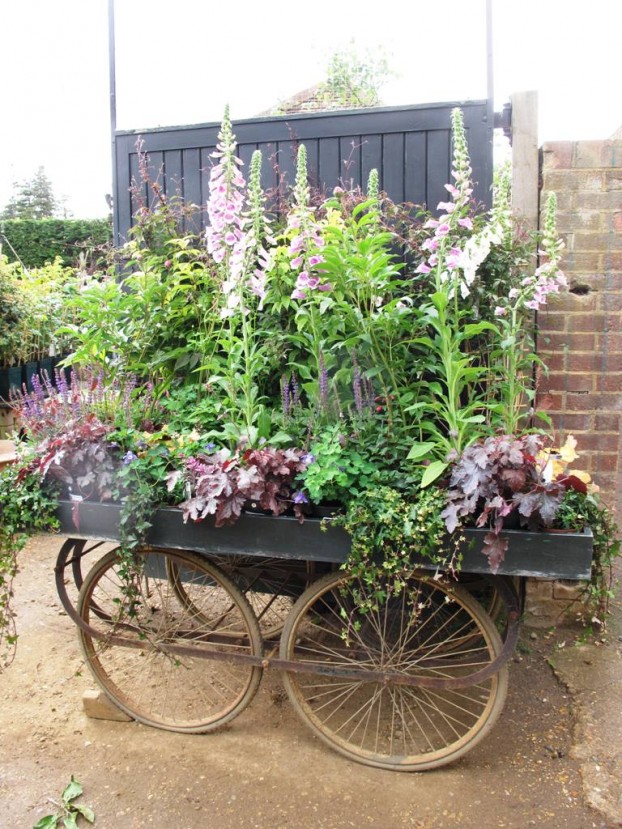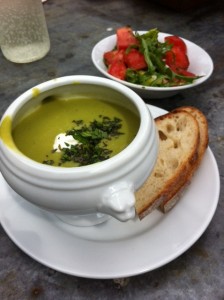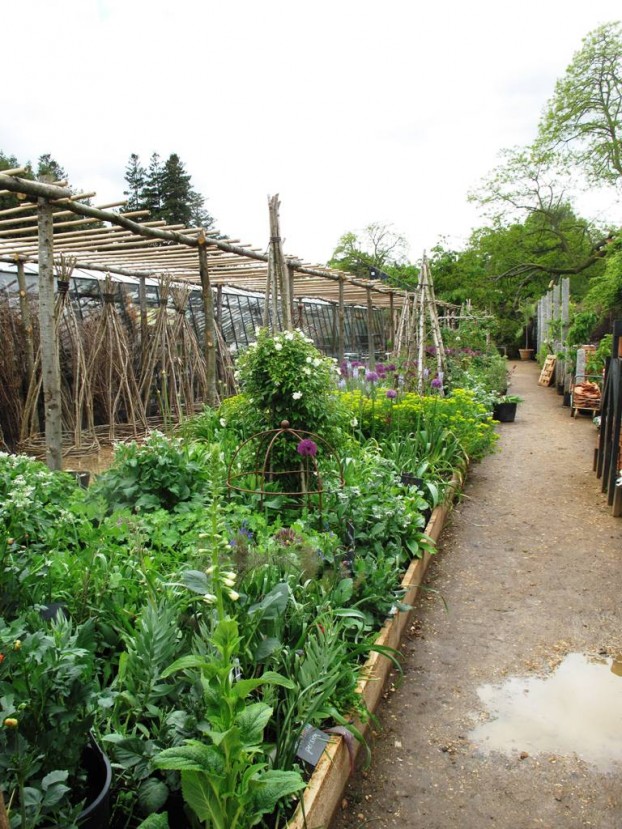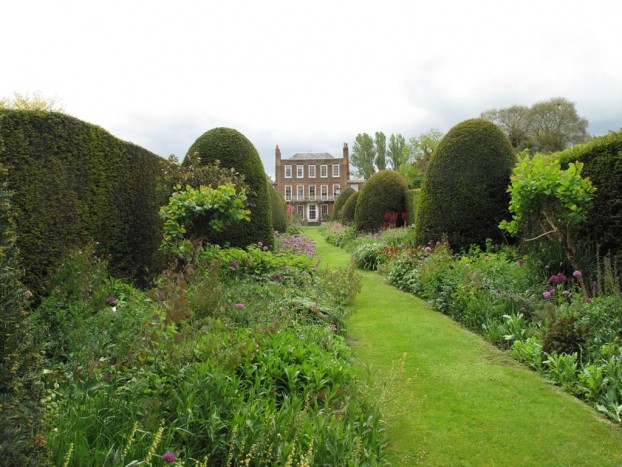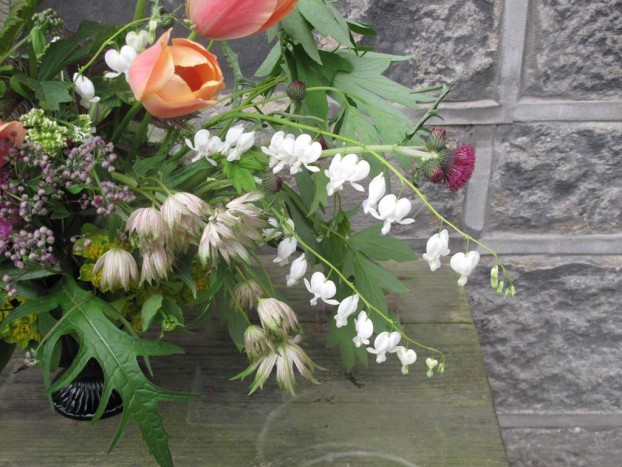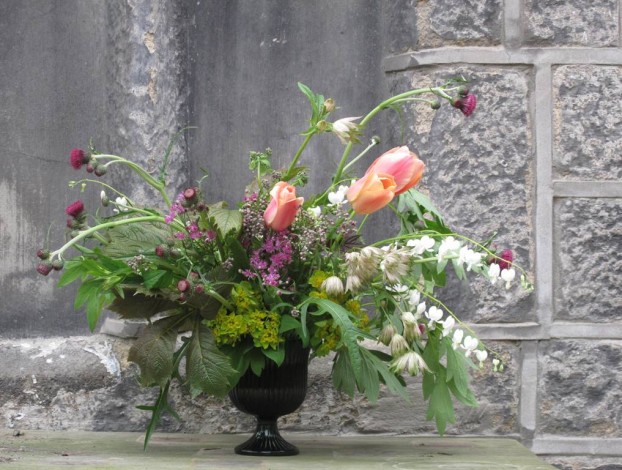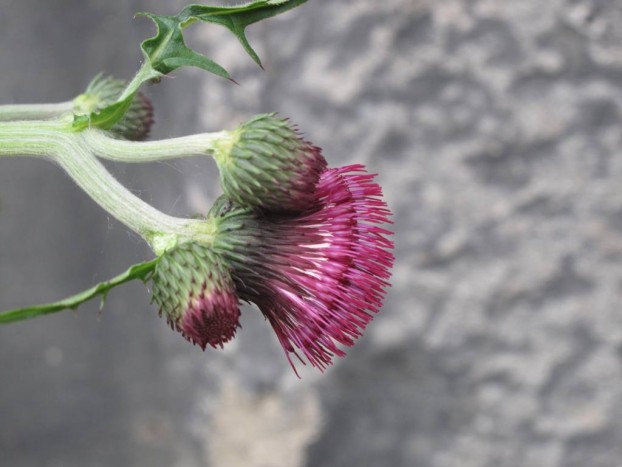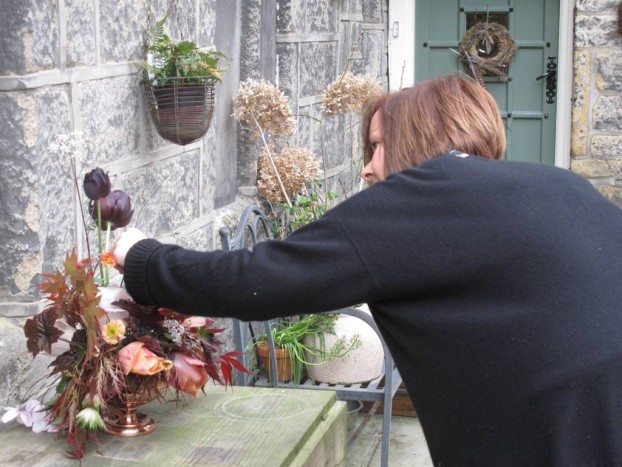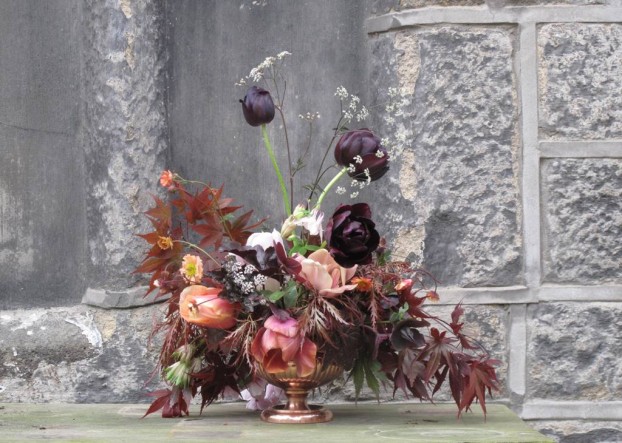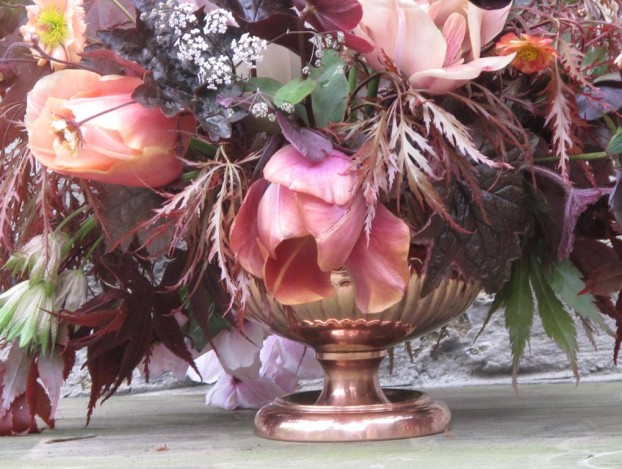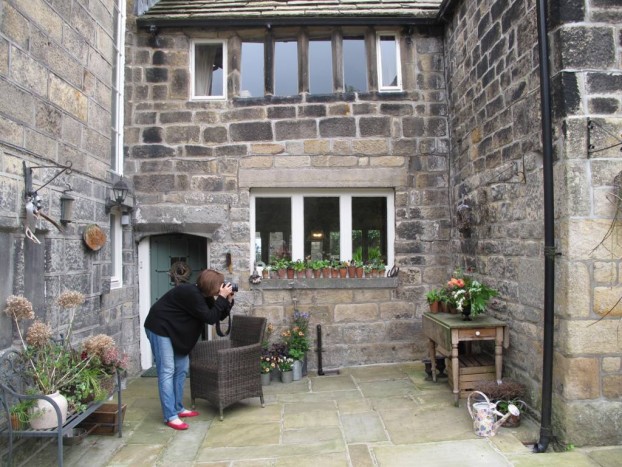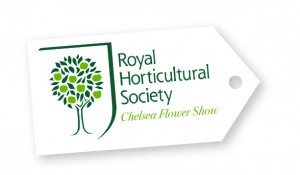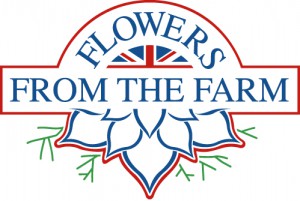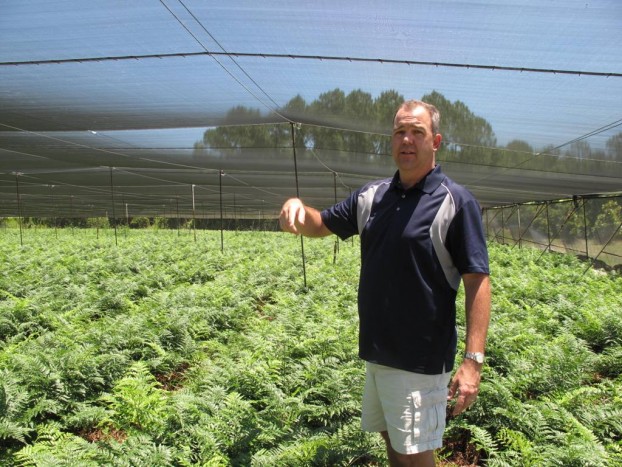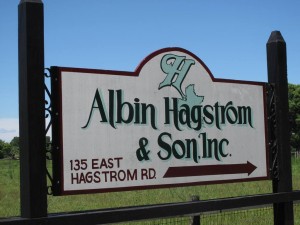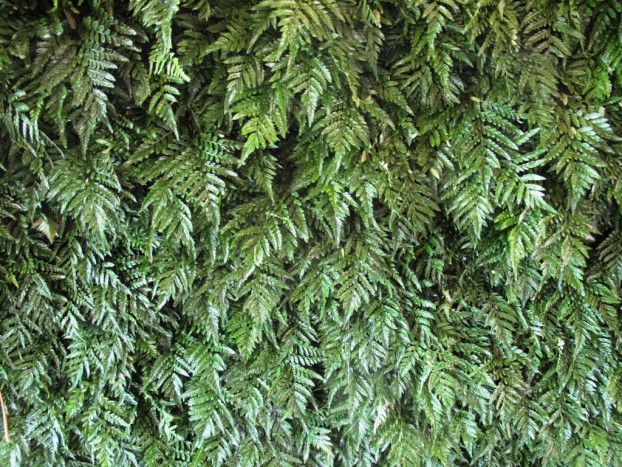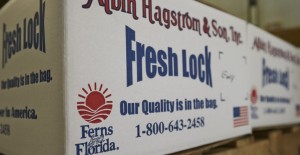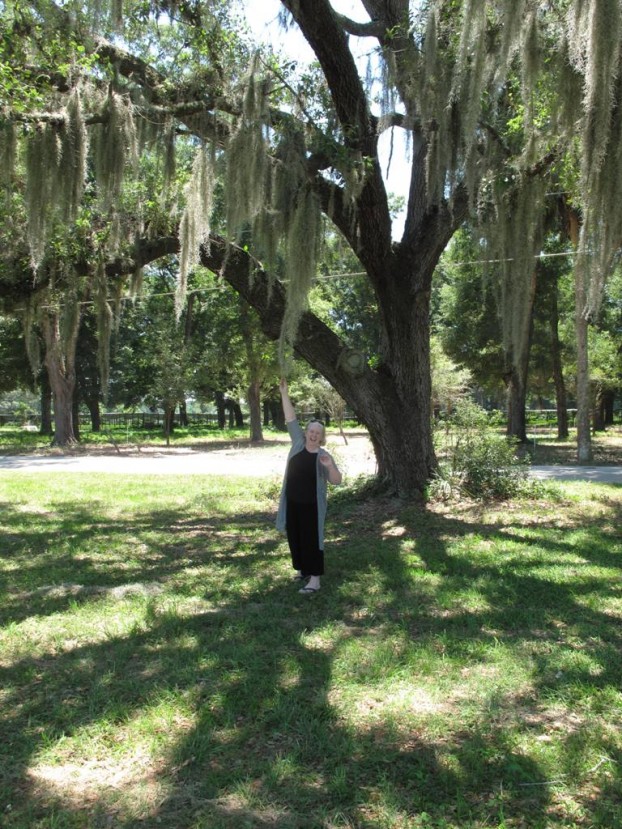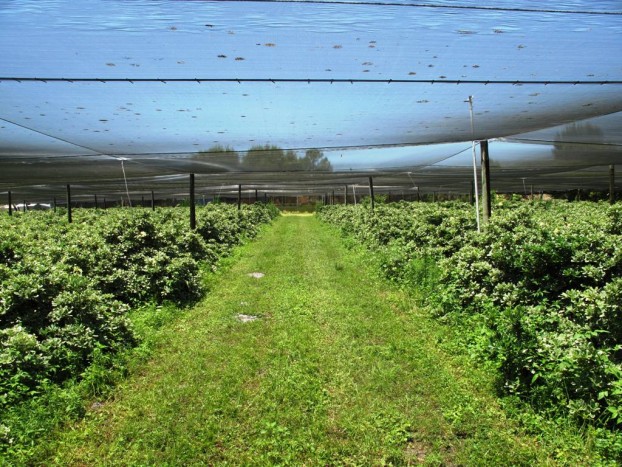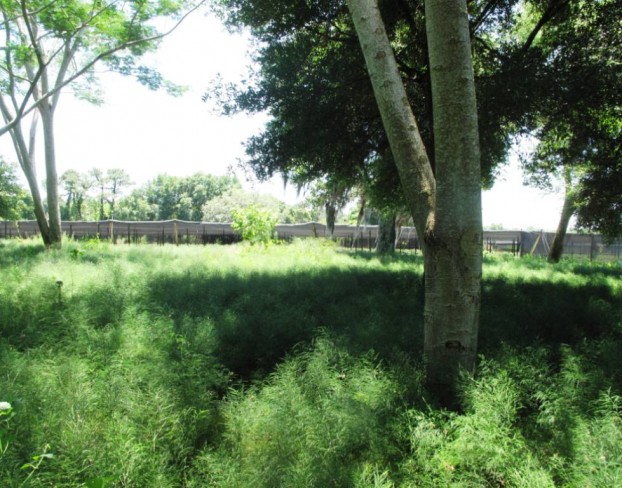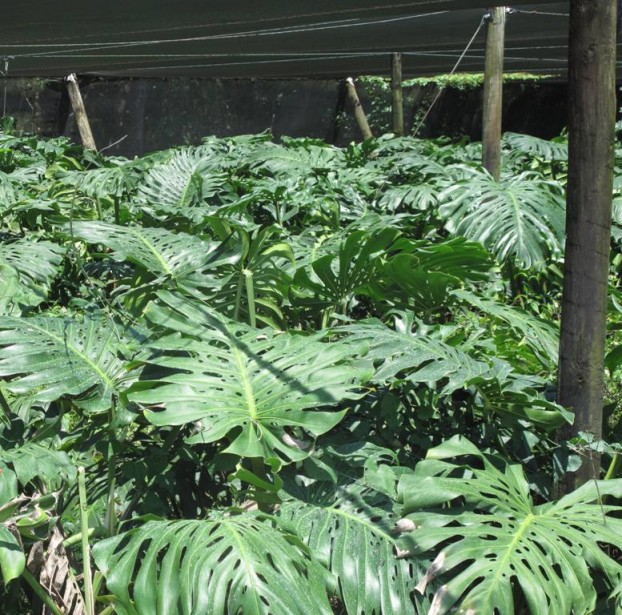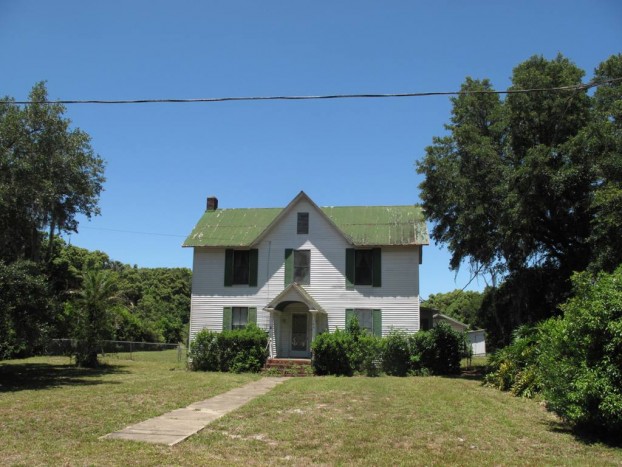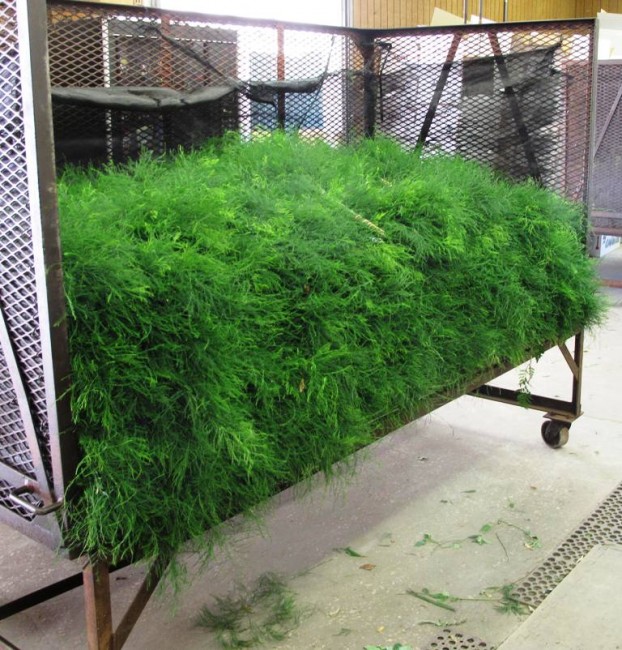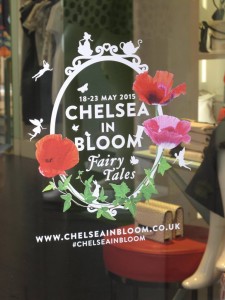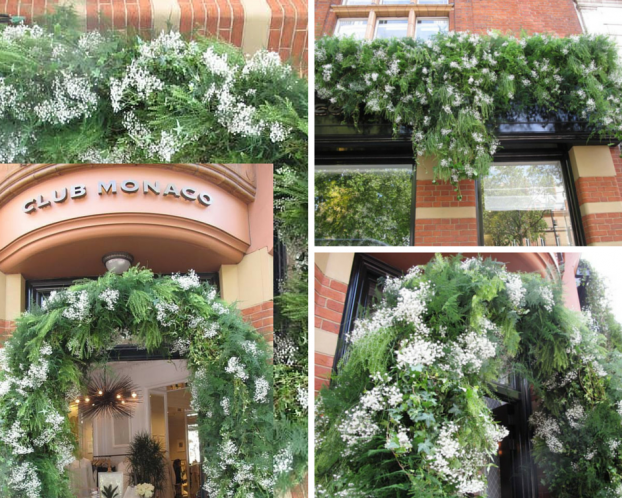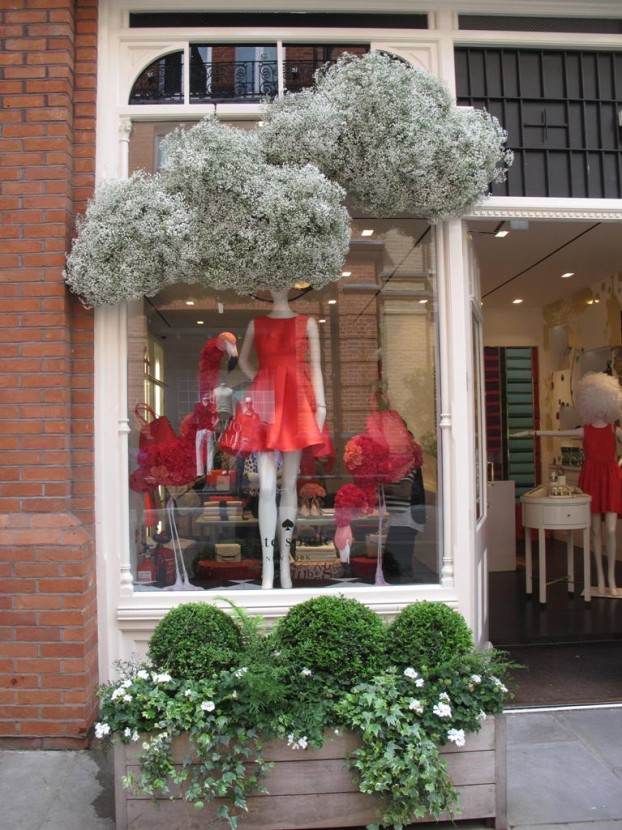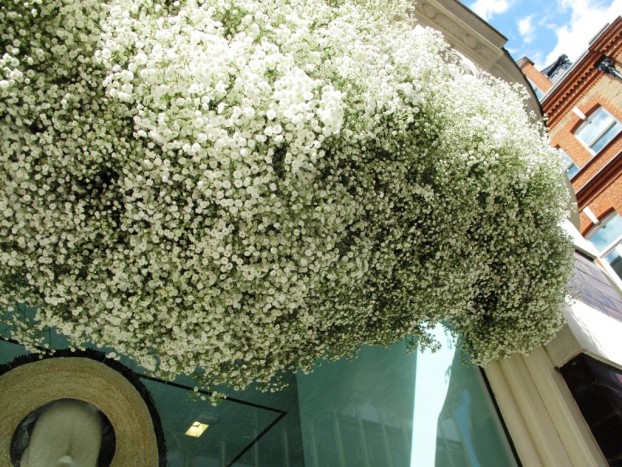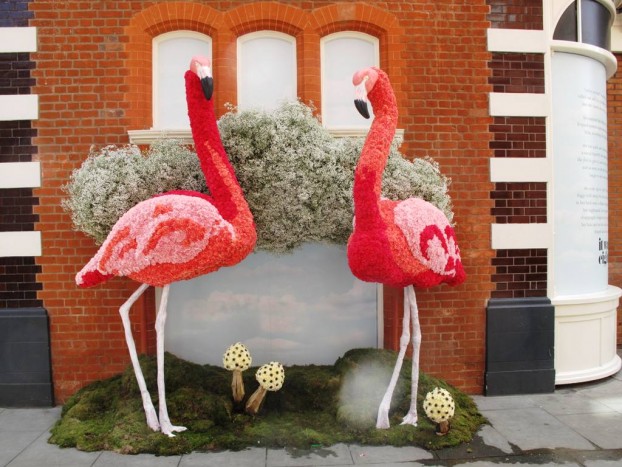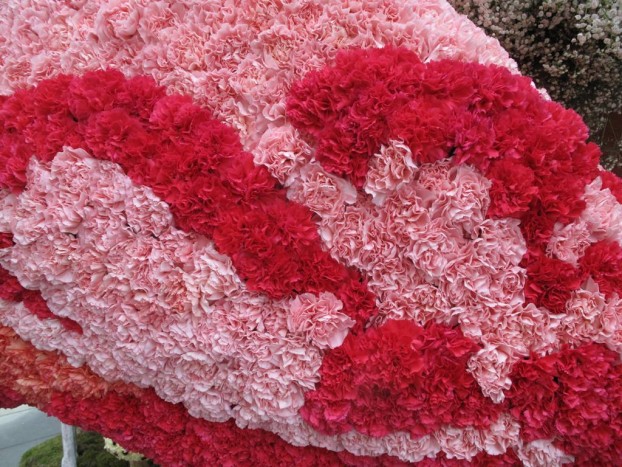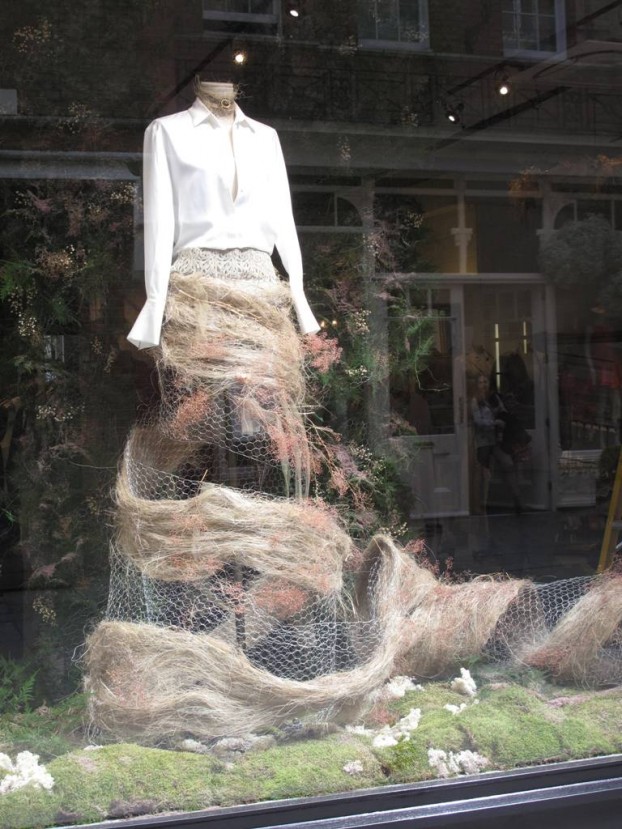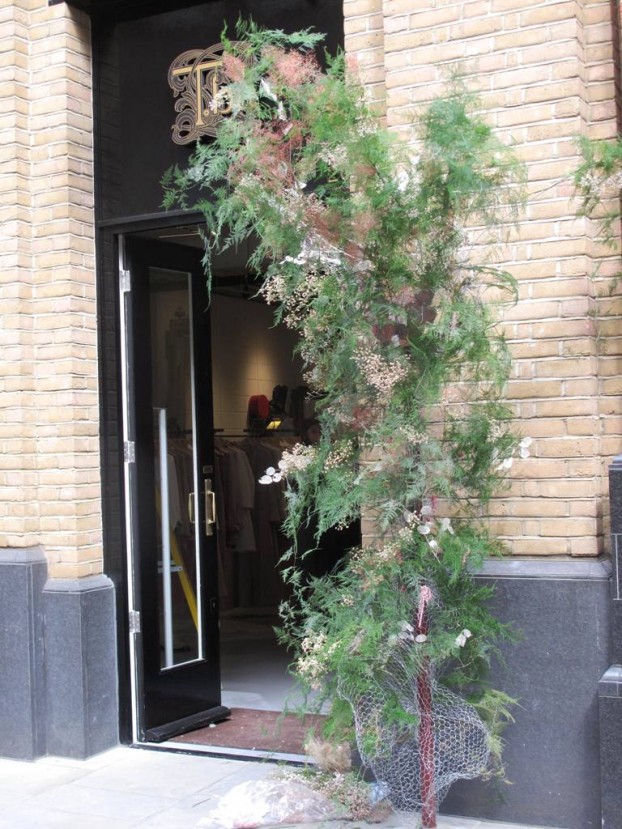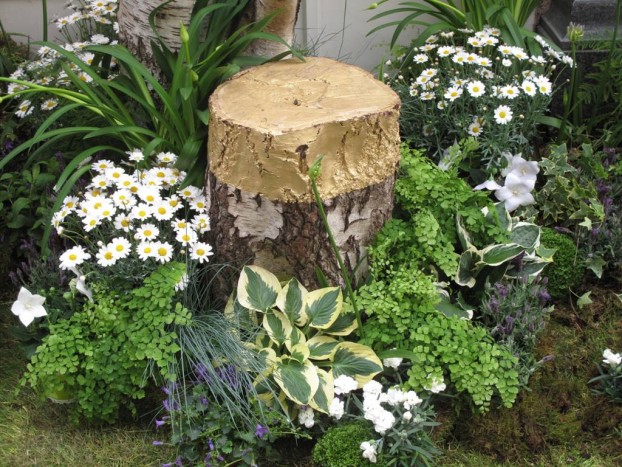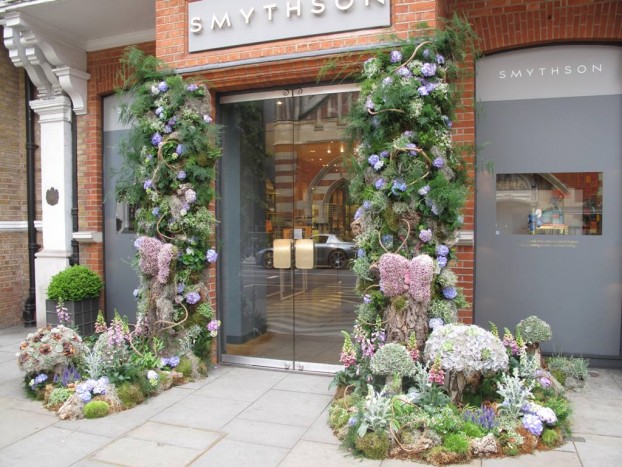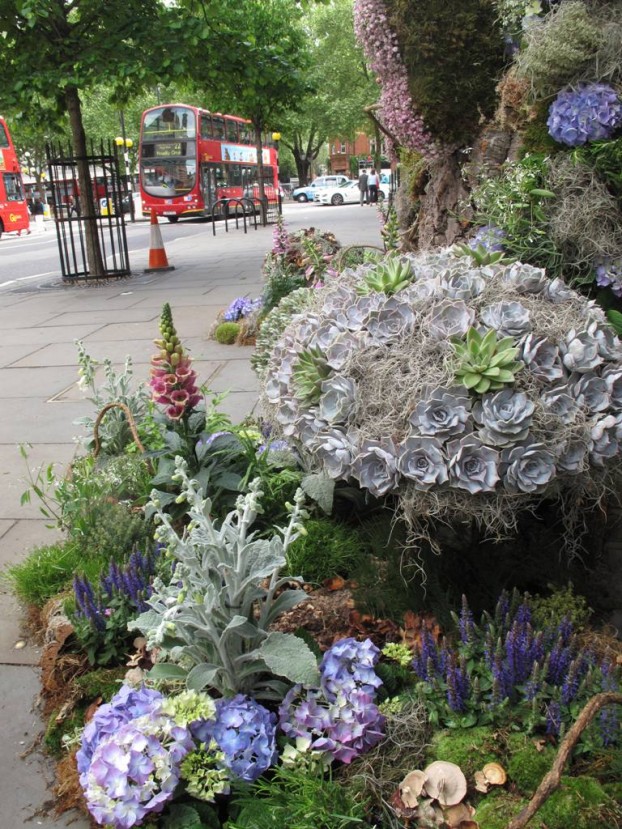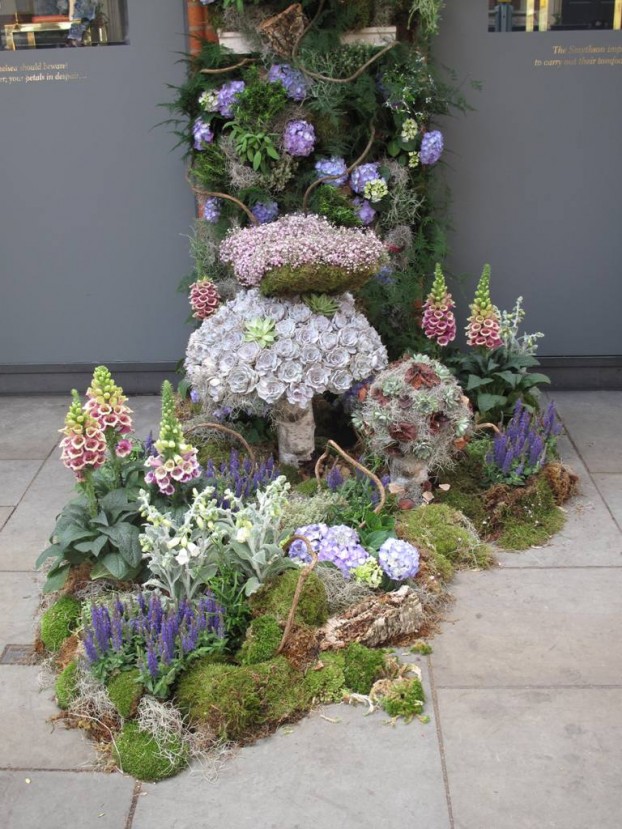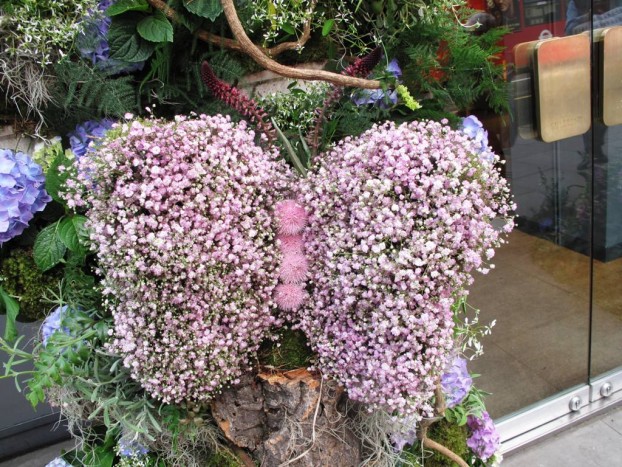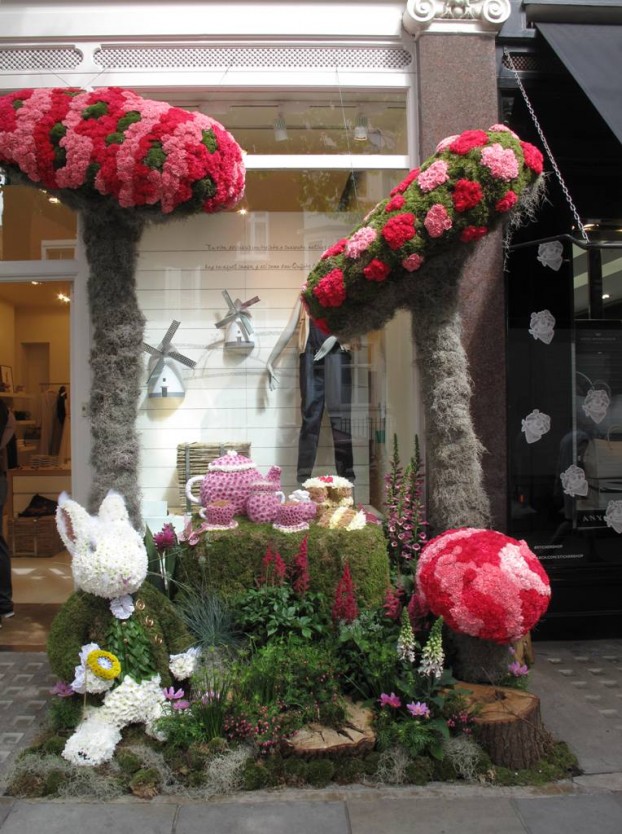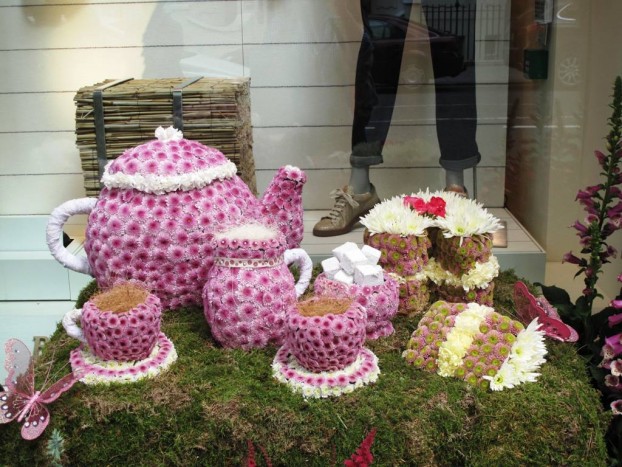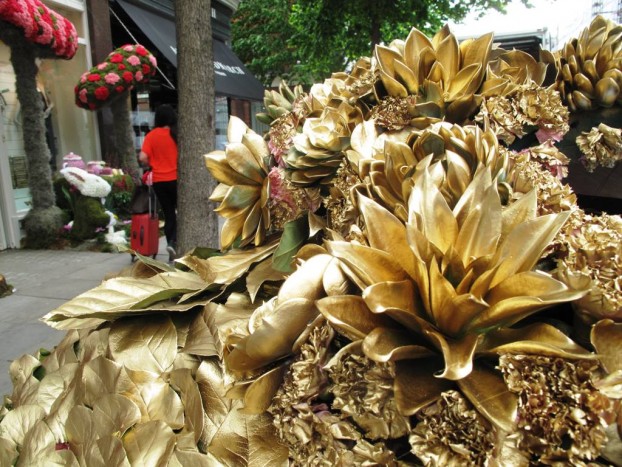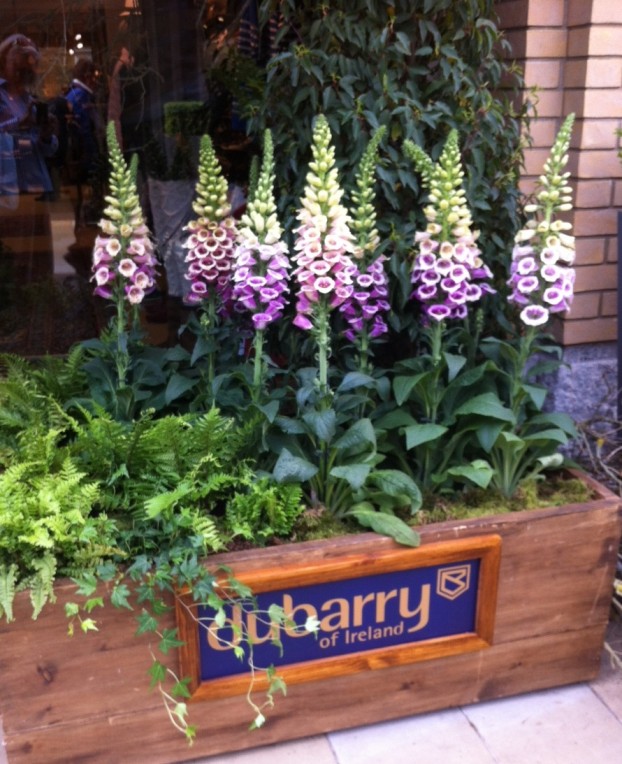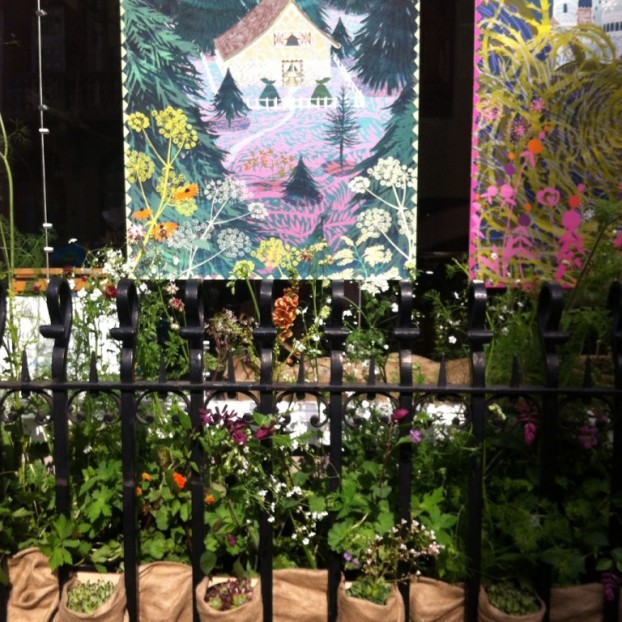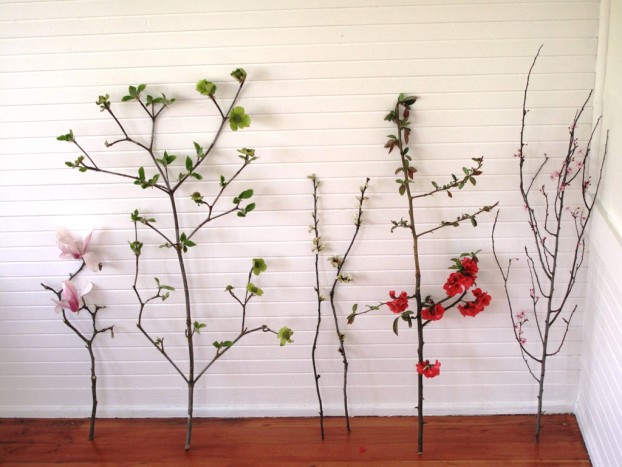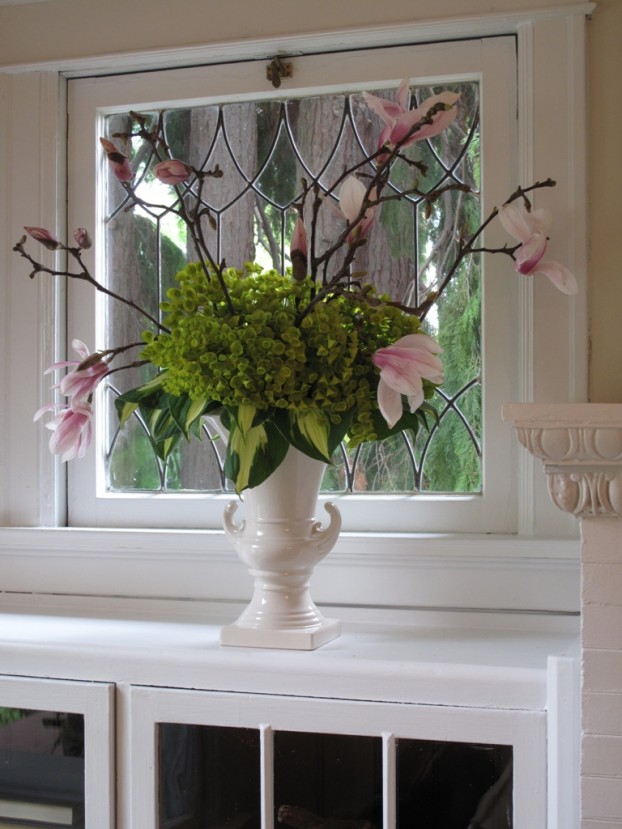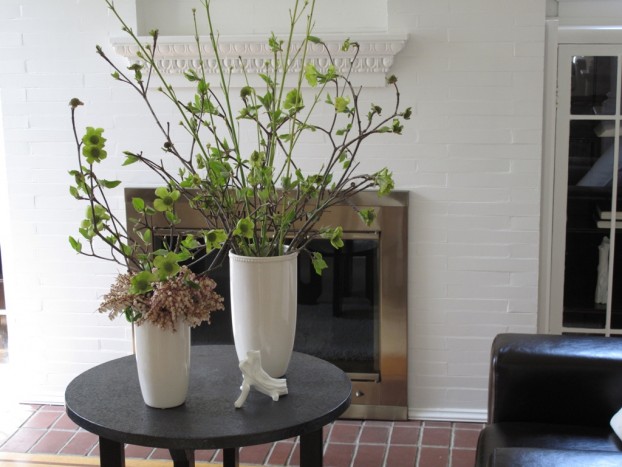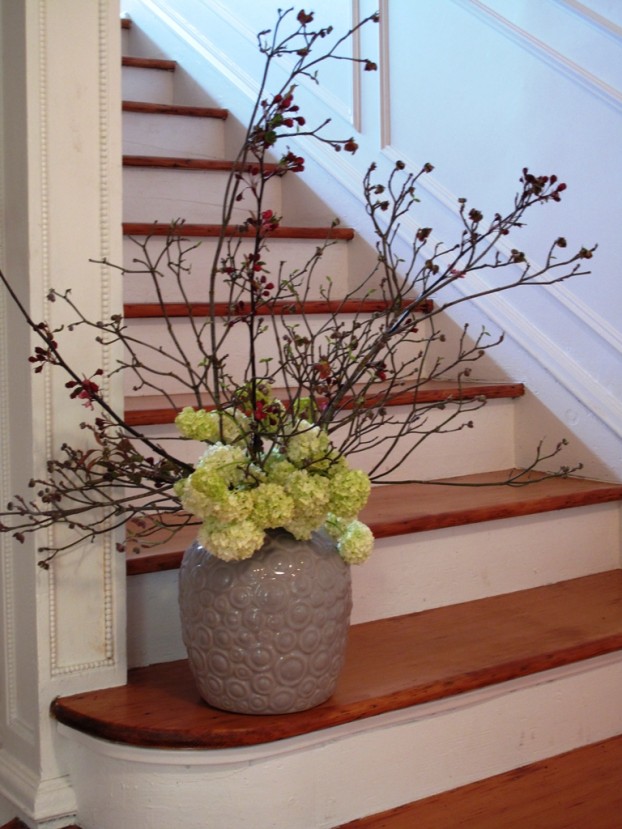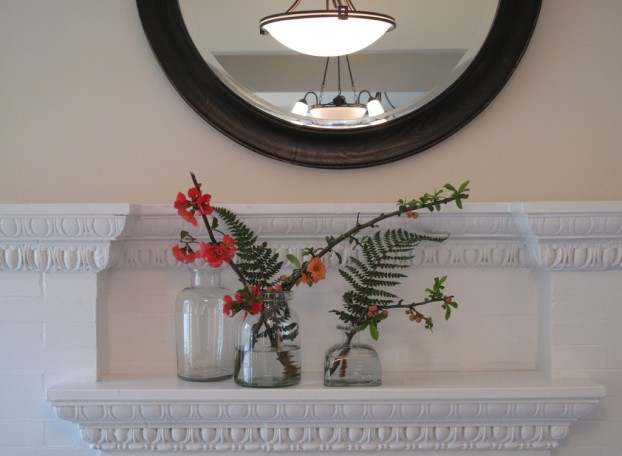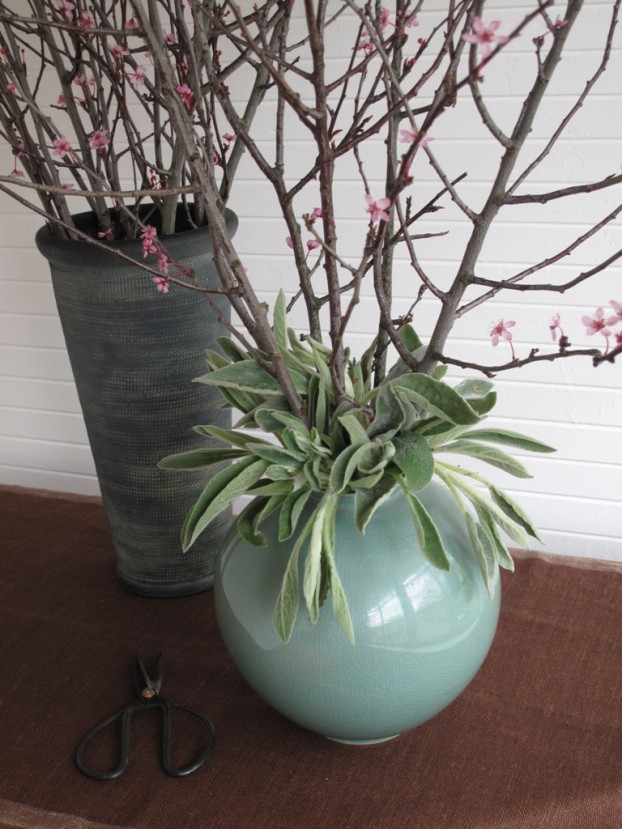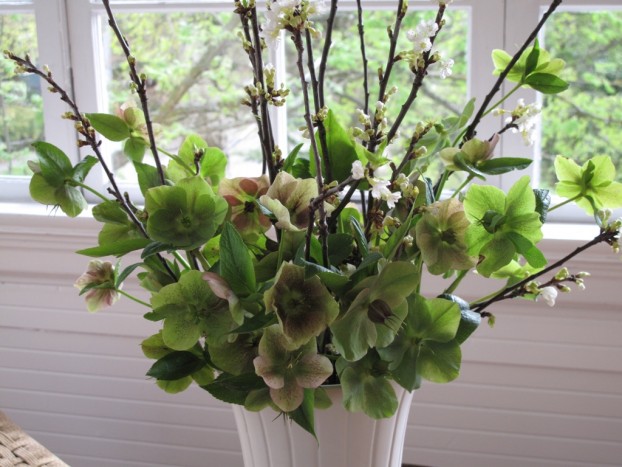Podcast: Play in new window | Download
Subscribe: Apple Podcasts | Podcast Index | RSS | More
This week we have lots of great news to share and I hope you find the episode stimulating as you think of ways to promote your own floral endeavors.
First up, this week I’m unveiling the second infographic in the Slow Flowers series. This piece is called “Get Your Local On,” and it endeavors to capture our philosophy of domestic flower sourcing in a single snapshot. I don’t believe in the black-and-white of things; life is just more chaotic than that, especially when you’re dealing with Mother Nature, climate, environmental forces and living plants.
However, this visual guide explores the continuum from local and regional sourcing to national/domestic sourcing. As I’ve said many times (and I can’t take credit for this but I do like to repeat it), I recommend taking a pebble-in-the-pond approach to floral sourcing. Start close and work your way from there when needed. But please support America’s flower farms!
“Get Your Local On” couldn’t have become such a visually effective piece without the design magic of Willo Bellwood and I want to acknowledge her talents here! If you have a use for this graphic in your own business, please feel free to download the digital file to produce your own copies.
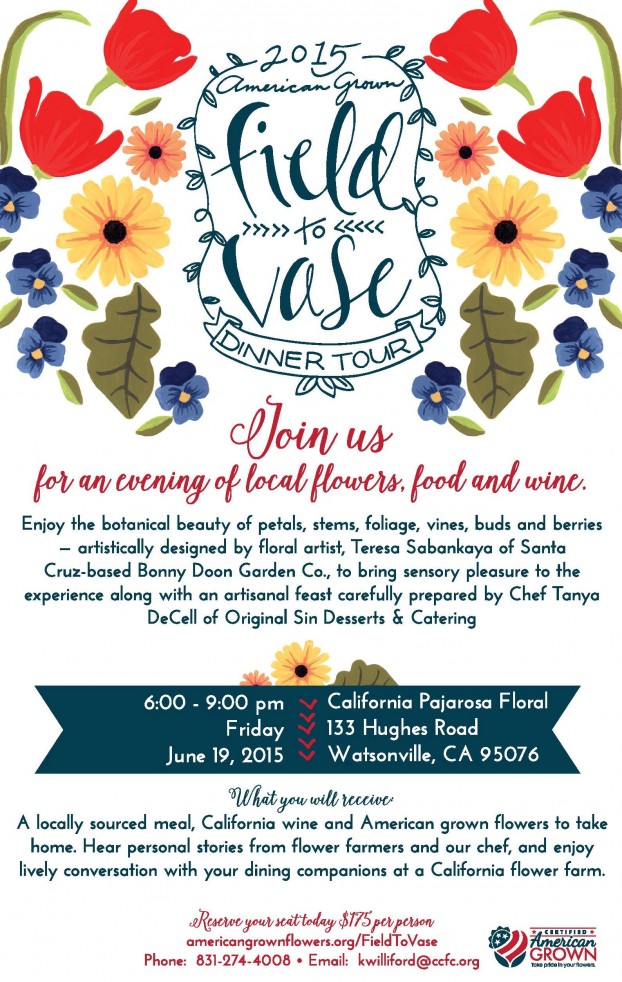 June is here and I wanted to share my personal invitation for you to join the third Field to Vase Dinner, which Slow Flowers is co-hosting at flower farms across the country.
June is here and I wanted to share my personal invitation for you to join the third Field to Vase Dinner, which Slow Flowers is co-hosting at flower farms across the country.
This month’s event will take place on Friday, June 19th at Pajarosa Flower Farm in Watsonville, California. Rose farmer Paul Furman is our host and Teresa Sabankaya of Bonny Doon Garden Co., a past guest of this podcast, is the celebrity floral designer who will use all local flowers to install an insanely beautiful tablescape for the meal.
Tickets for this amazing, floral-centric experience are $175 but I want to offer the listeners of this podcast a special promotional code to save $35 off of the ticket price. Click here to reserve your tickets and use SLOWFLOWERS during checkout for the discount.
And don’t worry if you can’t make it to Monterey Bay in June. There are dinners scheduled on flower farms coming up now through October, so check the full schedule for dates that will celebrate local flowers in Colorado, New York, Washington, D.C./Virginia, Washington State, Oregon, California and Michigan.
Okay, now to our guest today. Please meet Helen Evans, director of business development and support at London’s New Covent Garden Market.
When I was in London last month, Helen graciously toured me through New Covent Garden, the premiere center for wholesale cut flowers and plants in London’s Vauxhall district.
New Covent Garden Market is the largest fruit, vegetable and flower market in the UK, claiming on its web site: “We are passionate about food and passionate about flowers and pride ourselves on being the focus for food and flowers in London.”
With over 200 businesses, employing over 2,500 people, the Market supplies 40% of fresh fruit and vegetables eaten outside of the home in London and is used by 75% of London florists.
Helen is one of the key persons behind the very exciting program called British Flowers Week, which will enter its third campaign beginning next Monday, June 15th. Listen along as we discuss the state of domestic flowers in the UK – and you’ll find many parallels to what’s happening in the U.S.
On our early-morning visit, while walking through the floors of the enormous warehouse, I learned from Helen that only 10 to 15 percent of flowers sold here are British Grown. Yet the demand and the quantities to supply them are increasing as the wave of homegrown sentiment sweeps through the country, much as we’re seeing with American grown products.
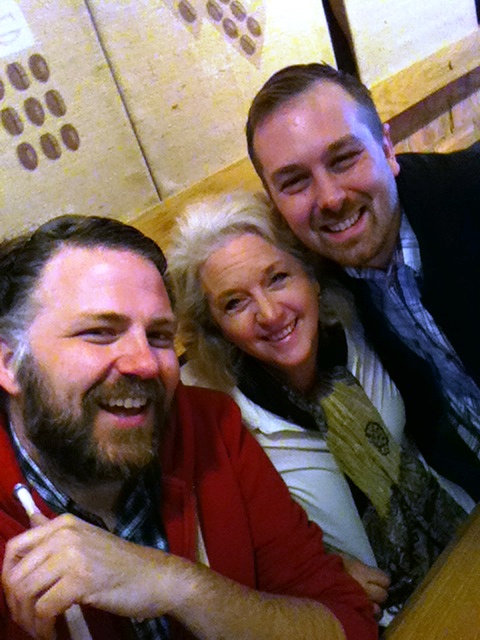
Slow Flowers Members Jimmy Lohr (left) and Jonathan Weber (right) joined me on the tour of New Covent Garden Flower Market.
It was completely fortuitous that two Slowflowers.com members joined us that morning. Jimmy Lohr and Jonathan Weber of GreenSinner in Pittsburgh were on their own Chelsea-London excursion. Helen graciously included them in the visit. When we sat down for tea and I turned on the recorder, it led to a completely impromptu interview. You’ll hear Jimmy and Jonathan’s voices jumping in to comment – and that added to the fun of the conversation.
I love how Helen describes the ambitious vision for New Covent Garden Market, to become a destination where people can buy, make, sell, learn and share. That mission is one I do not see happening with any intentionality at many U.S. Wholesale Markets, although I have to say it is very much in line with the mission of the farmer-owned Seattle Wholesale Growers Market.
Yet, with just a few changes of focus, there would be no reason why any wholesaler in our country couldn’t pull this off! I know we’re in the midst of a huge cultural shift in how flowers are sourced and marketed – and those who read the tea leaves and shift more quickly will be the ones who get to redefine the industry practices that others will emulate.
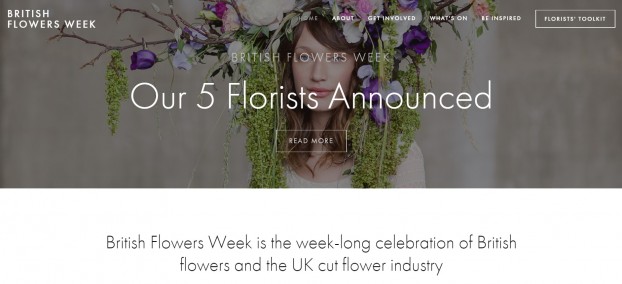 As you could tell, by the end of my conversation with Helen, I was thoroughly inspired to launch American Flowers Week – so stay tuned for news on that big dream. (and a note to the men from GreenSinner – as my witnesses, you two are in on that dream, too!)
As you could tell, by the end of my conversation with Helen, I was thoroughly inspired to launch American Flowers Week – so stay tuned for news on that big dream. (and a note to the men from GreenSinner – as my witnesses, you two are in on that dream, too!)
Here’s a bit more about Helen Evans:
Helen has been at New Covent Garden Market for nearly 20 years. It’s that sort of place. Her work is to spread the word about the market, its flowers, its customers, its growers. The market is not just about moving boxes. Its about sharing information. What’s new, what’s in season. How would it work better. So, brochures, website, social media – above all, talking. Helen does a lot of that. The product is great but for Helen its the people that matter. Bringing them together. Sharing.
Here’s a bit more about British Flowers week:
British Flowers Week is the brainchild of the team at New Covent Garden Flower Market, the UK’s largest Flower Market and the hub for British grown flowers and foliage for centuries.
Originally designed in 2013 as a social media campaign for the floristry trade, #BritishFlowersWeek was quickly picked up by florists, growers, wholesalers and media the length and breadth of Britain.
Last year, the hashtag #BritishFlowersWeek achieved a staggering Twitter reach of 1.4 million with British flowers content posted online, on social media, in print and on the radio.
This year’s campaign will involve the British Flowers Week Photoshoot online and on social media, The Garden Museum event, displays at RHS Harlow Carr as well as flower farm tours, flower workshops, flower demos, school flower crown days across the country. For more information visit www.britishflowersweek.com
Starting next week, one new image will be revealed to the media each day, which I’ll share on the SlowFlowers FB Page as well as here on my web site. You can follow along by searching for the #britishflowersweek hashtag, too.
And please join me next week on June 17th for the second podcast episode devoted to British Flowers, in which you’ll meet Sarah Statham of Simply by Arrangement, a floral designer and floral educator who is active in the #britishflowersweek activities taking place next week in the UK’s Yorkshire region.
She’ll have even more photographs and stories to share about the distinctly local and regional efforts of the flower farmers and florists in Yorkshire – as a way to take the conversation out into the United Kingdom to differentiate from what has been otherwise a mostly London-centric campaign.
Thanks again for joining me today for another wonderful conversation. Yes, I am devoted to celebrating American flowers and the designers and farmers who are changing this entire industry for the better. But I’m also thrilled to introduce you to ways we can borrow ideas and inspiration from places like the U.K., where many parallels occur between our two marketplaces.
Listeners like you have downloaded this podcast more than 52,000 times. THANK YOU to each and every one of you for downloading, listening, commenting and sharing. It means so much.
Until next week please join me in putting more American grown flowers on the table, one vase at a time. And If you like what you hear, please consider logging onto Itunes and posting a listener review.
The content and opinions expressed here are either mine alone or those of my guests alone, independent of any podcast sponsor or other person, company or organization.
The Slow Flowers Podcast is engineered and edited by Andrew Wheatley and Hannah Holtgeerts. Learn more about their work at shellandtree.com.









